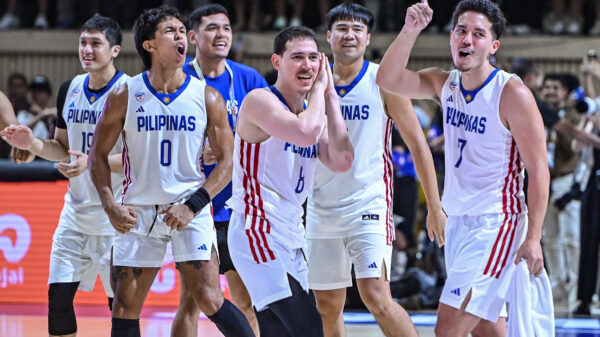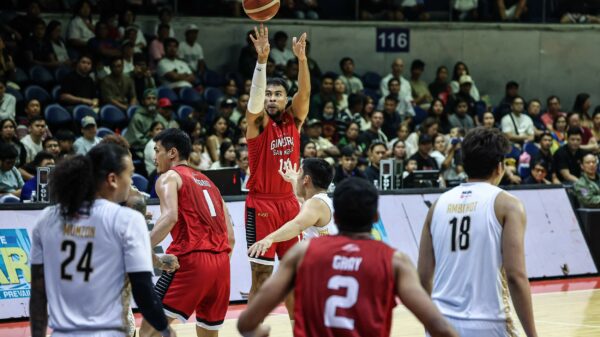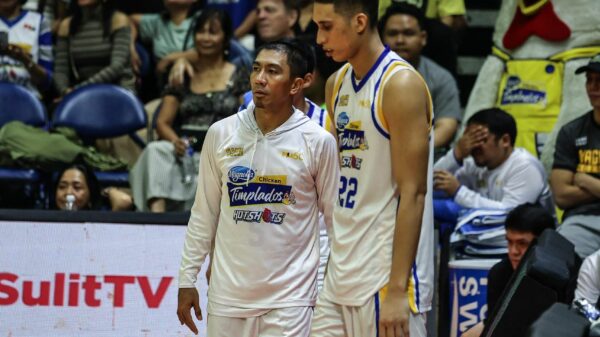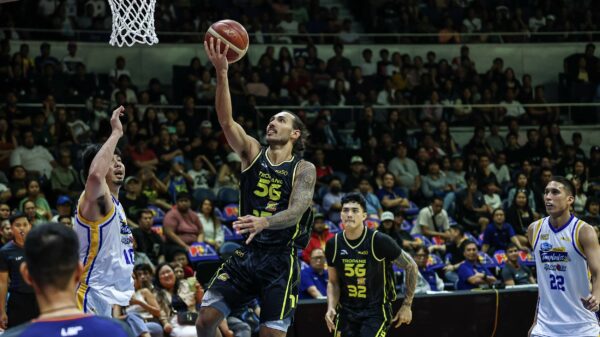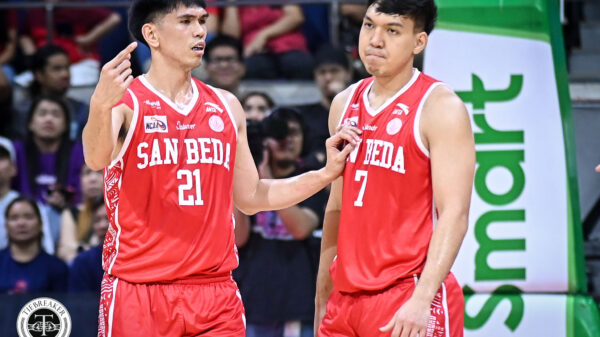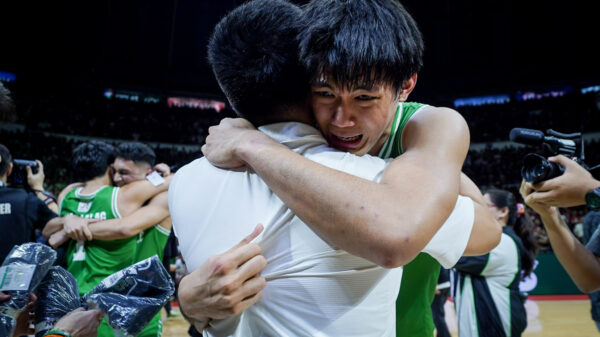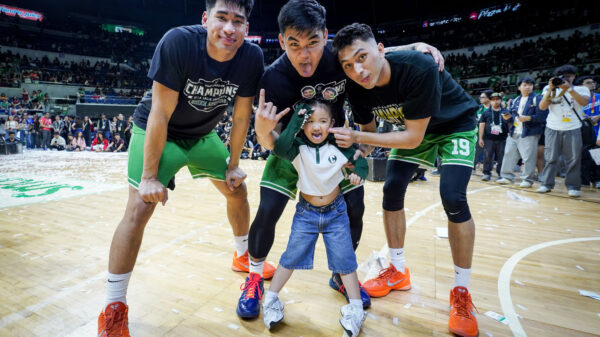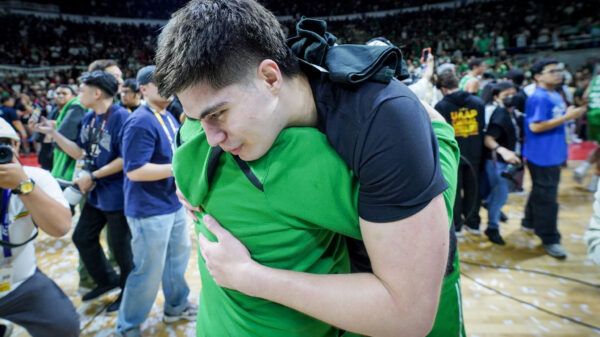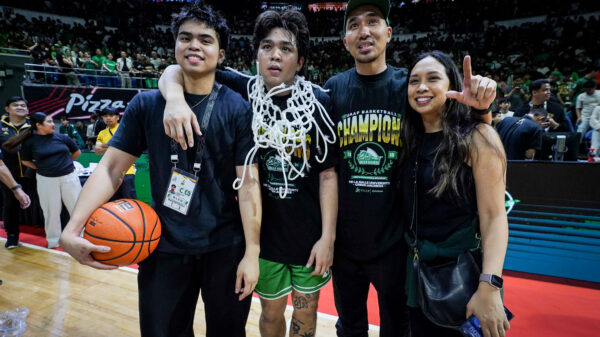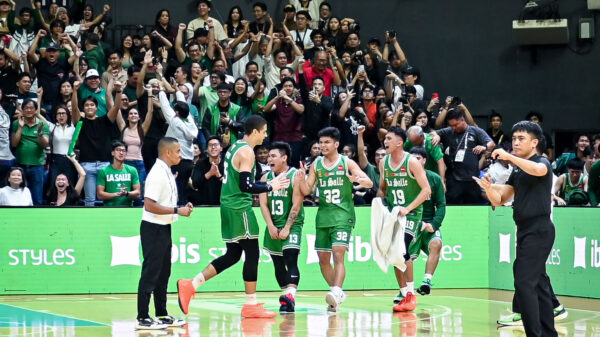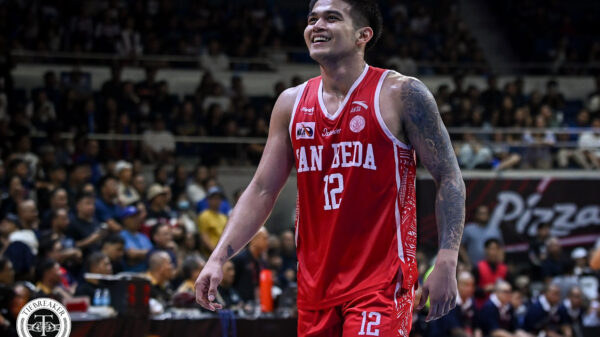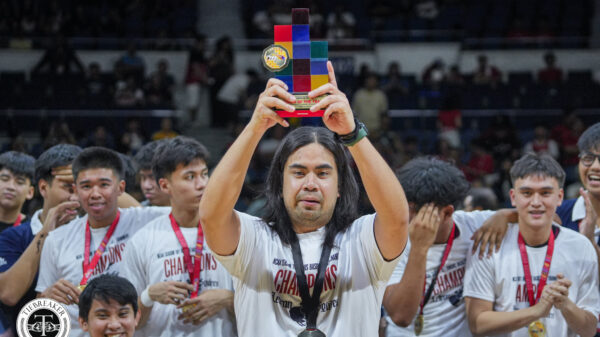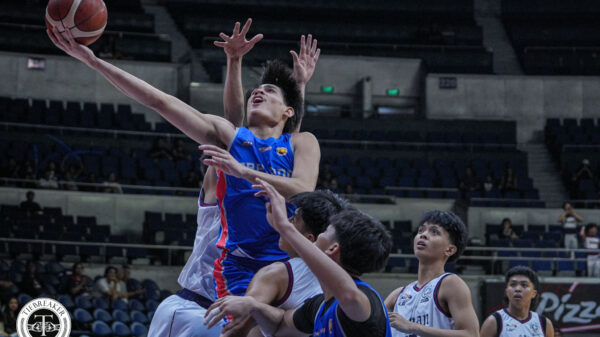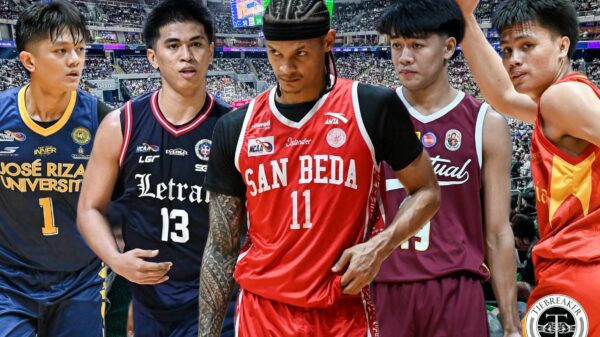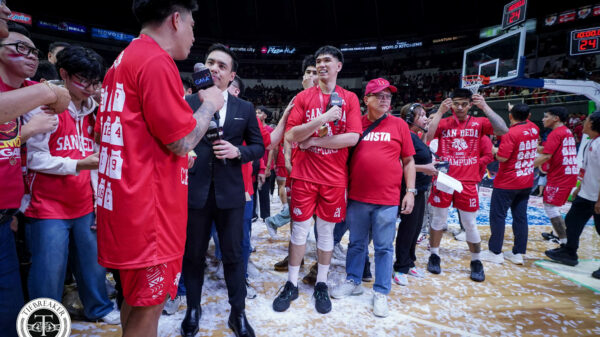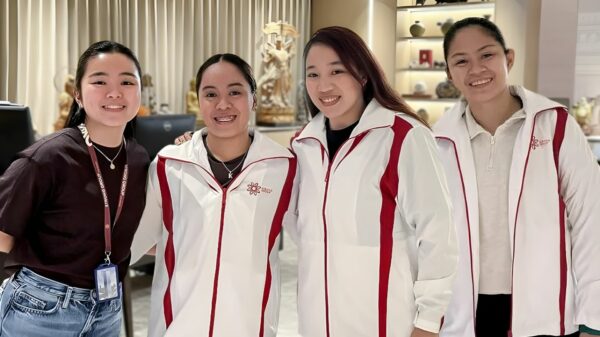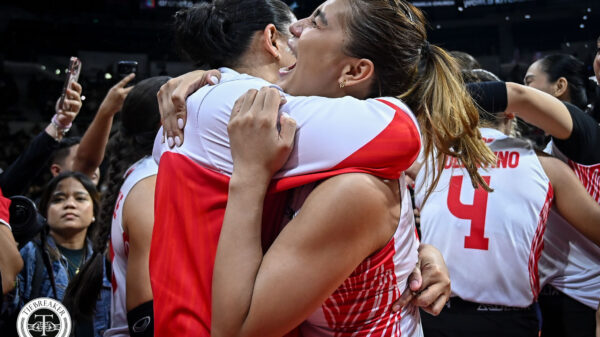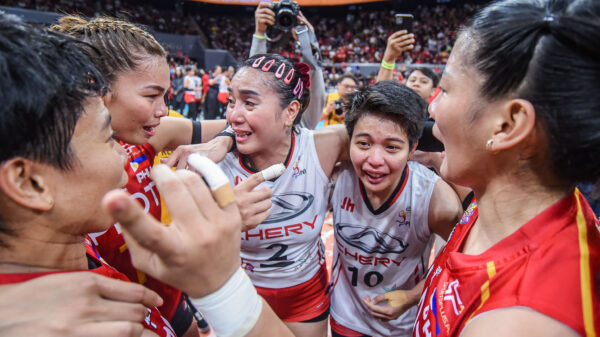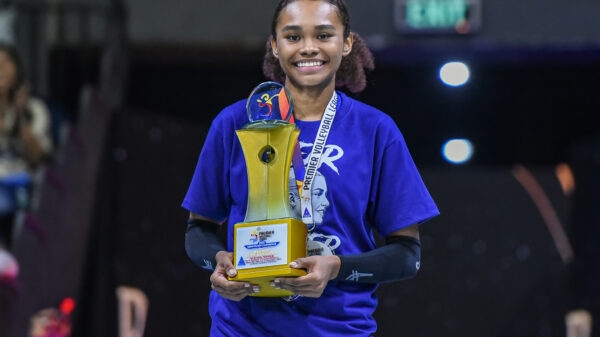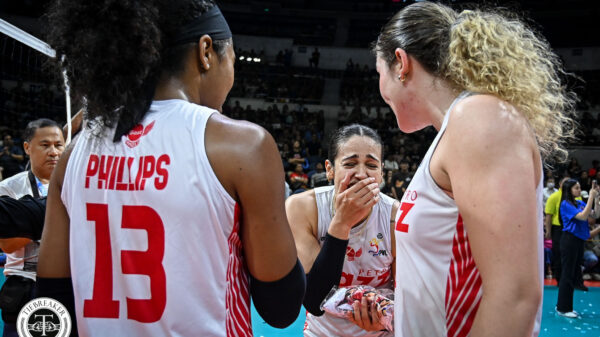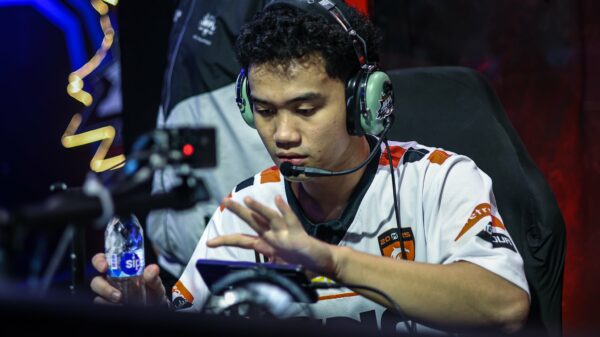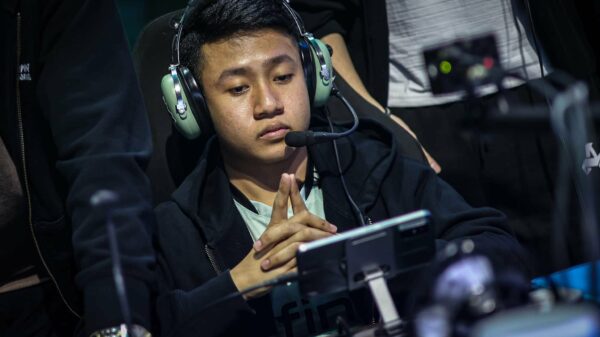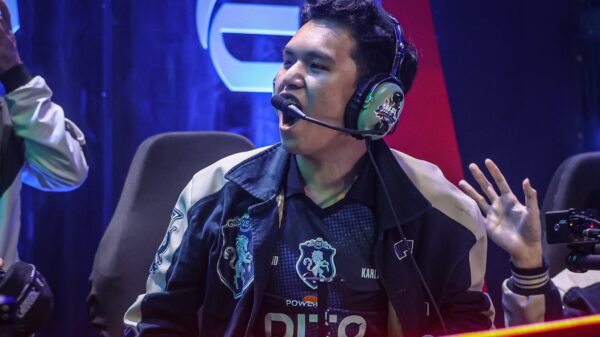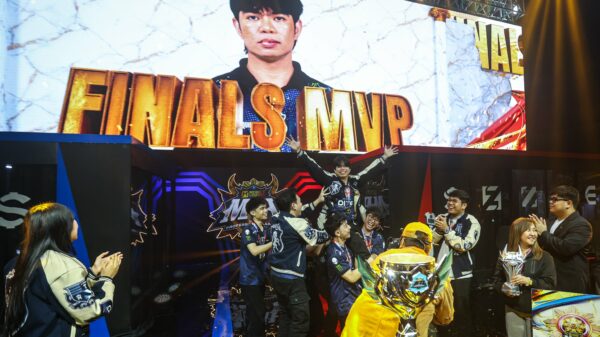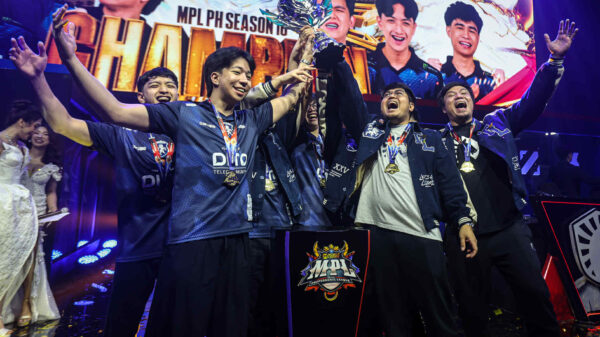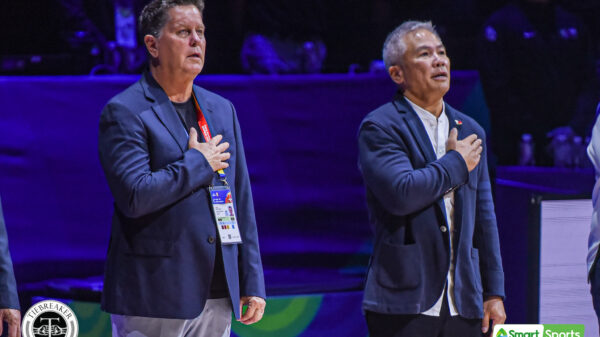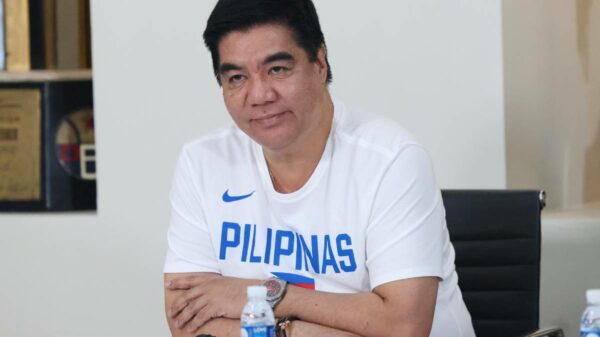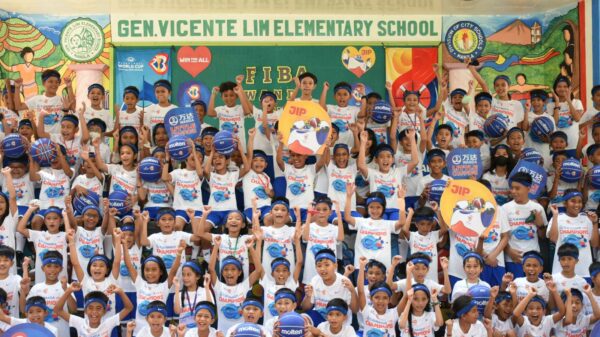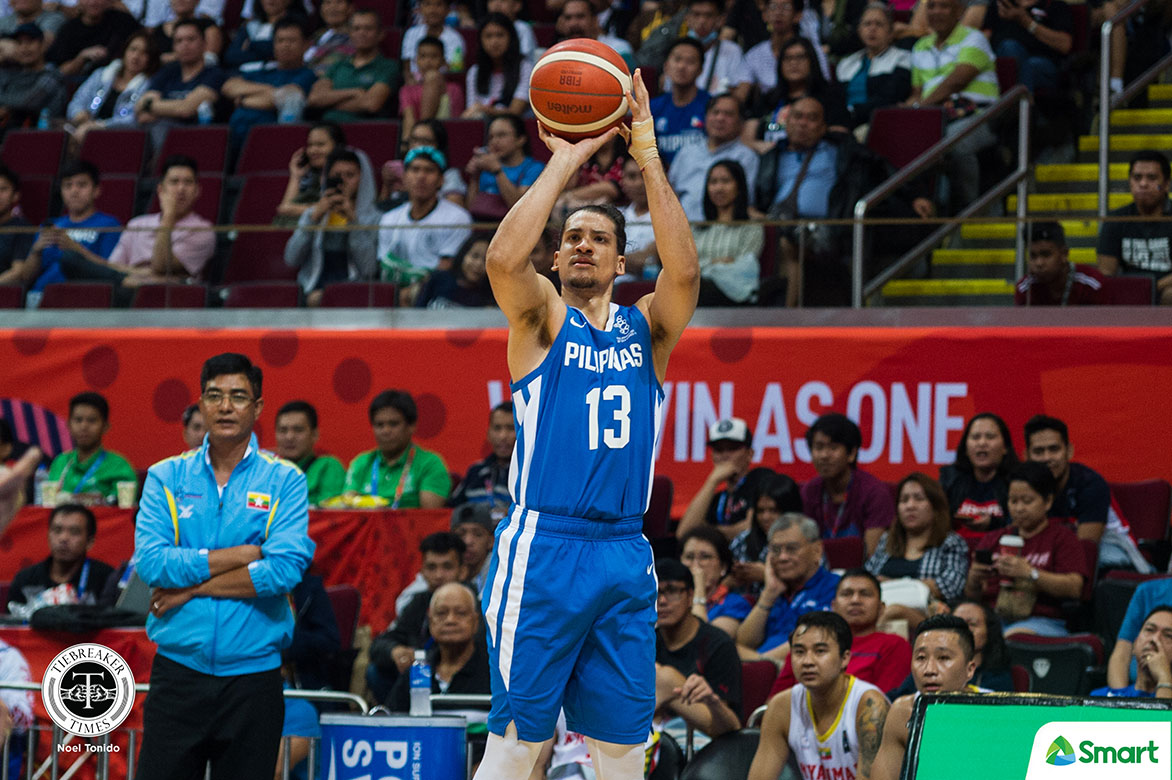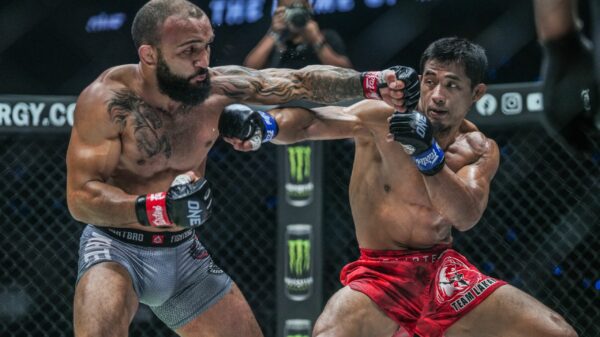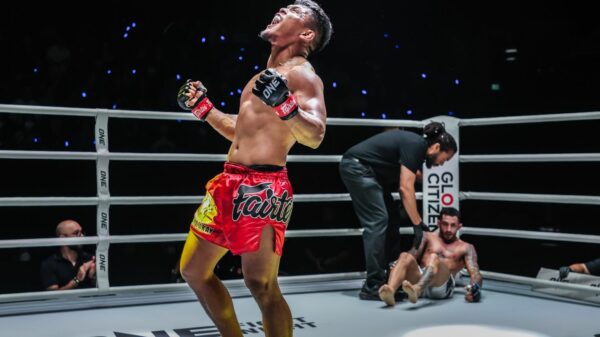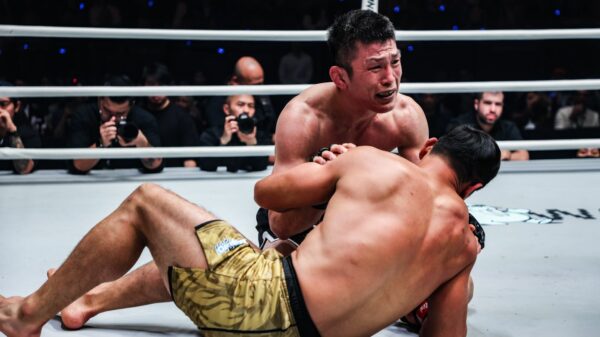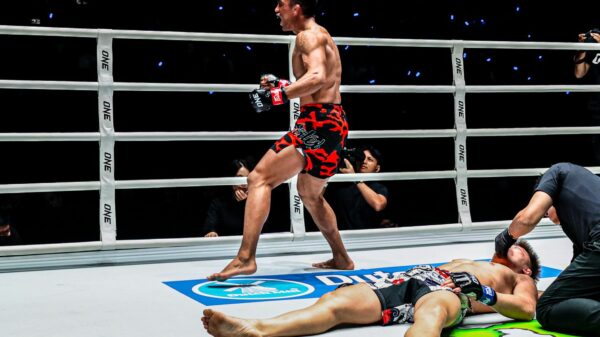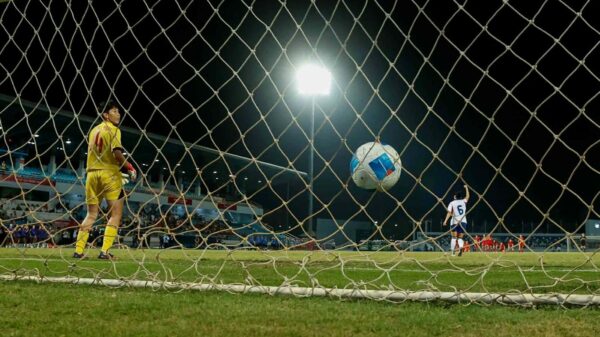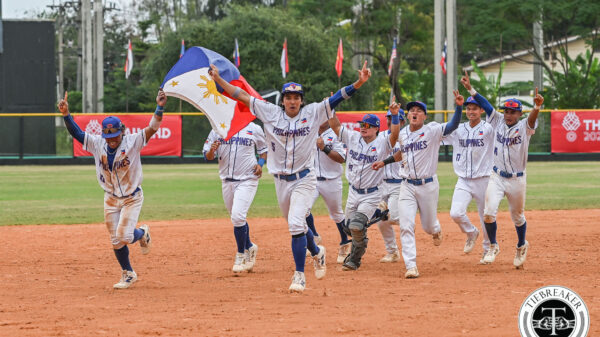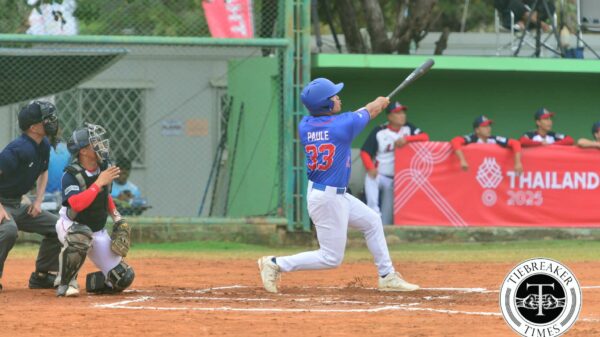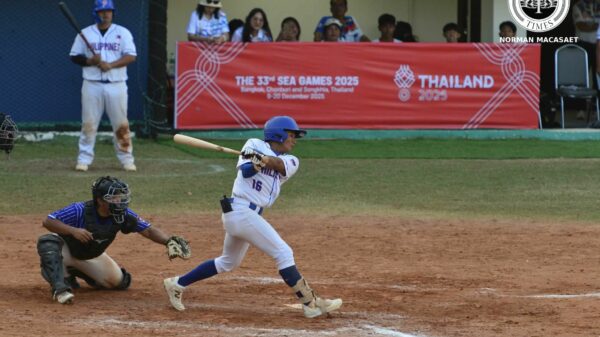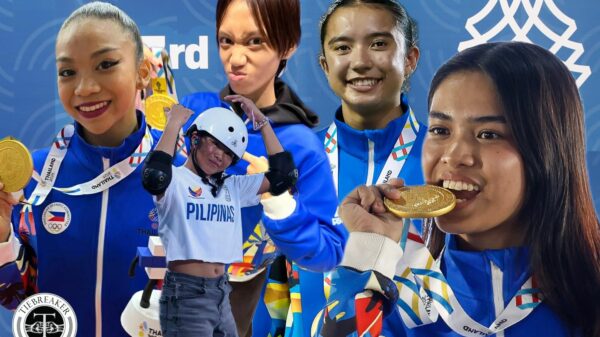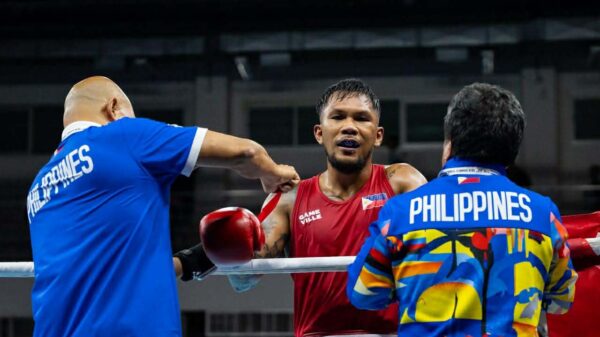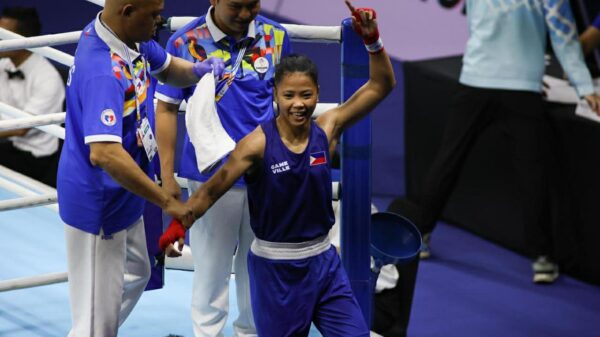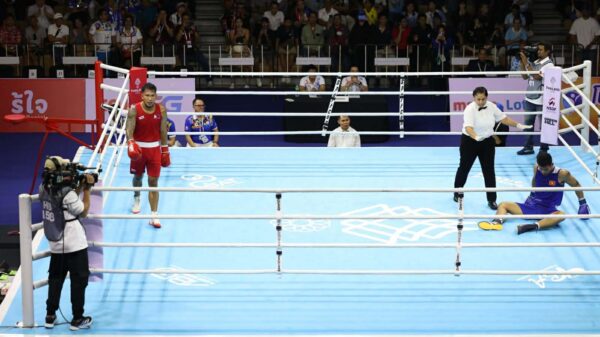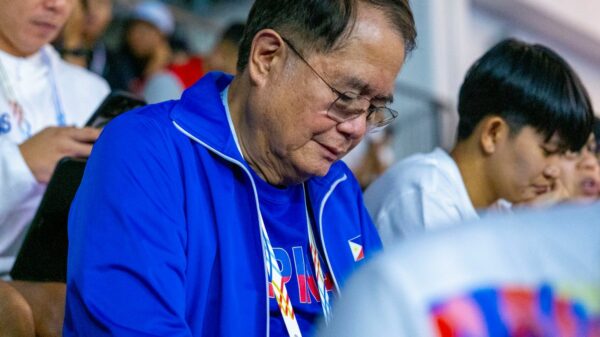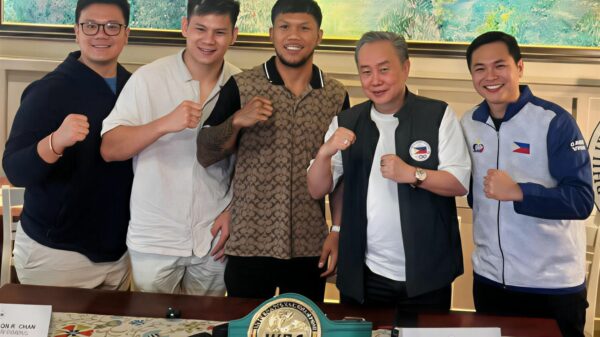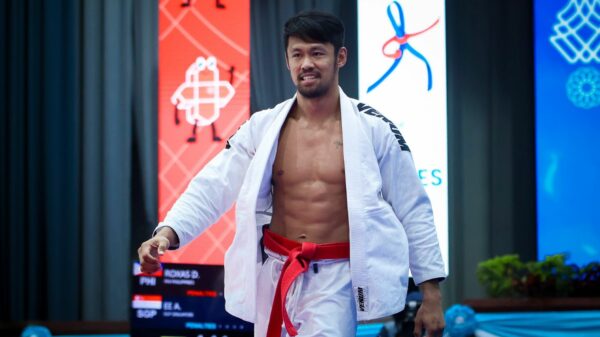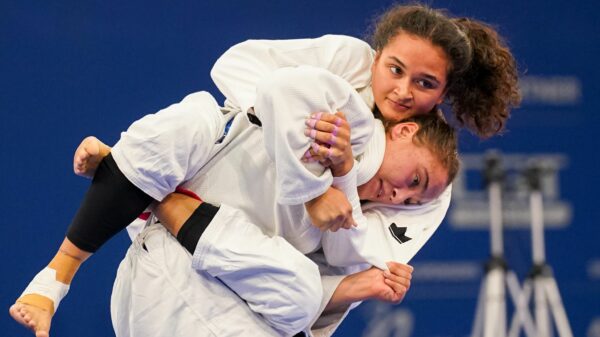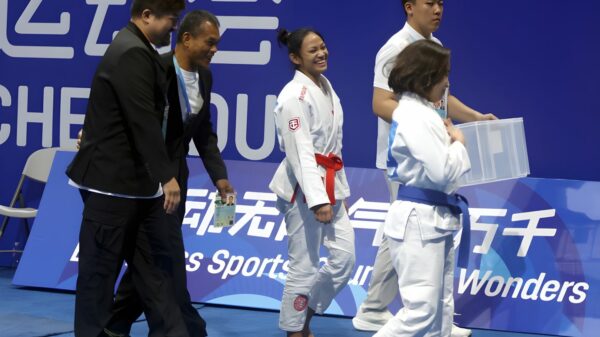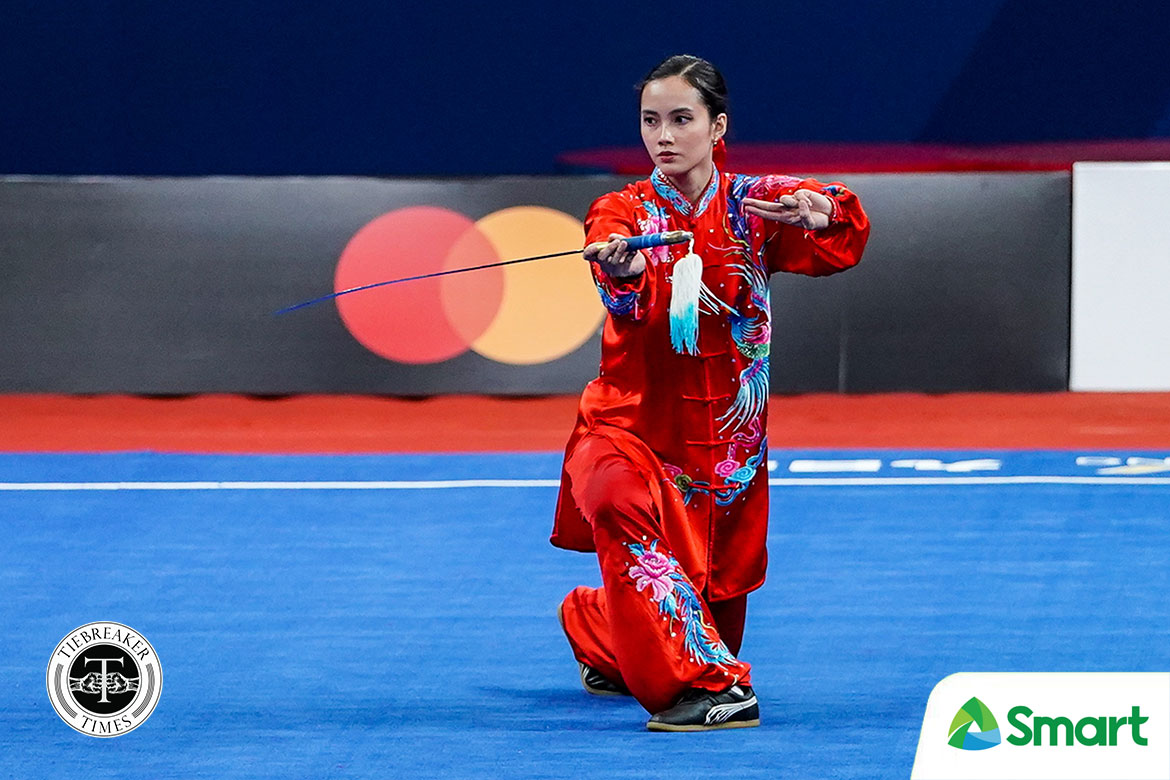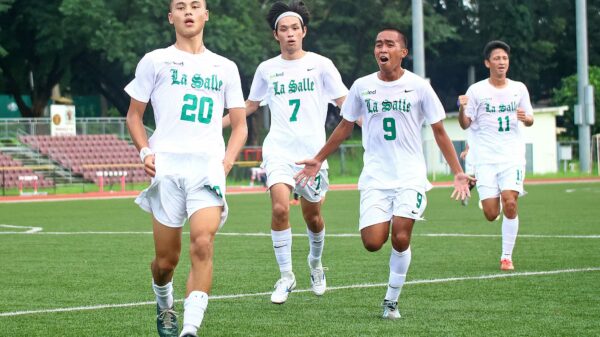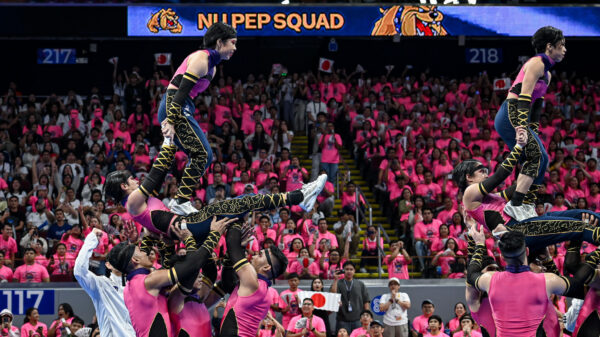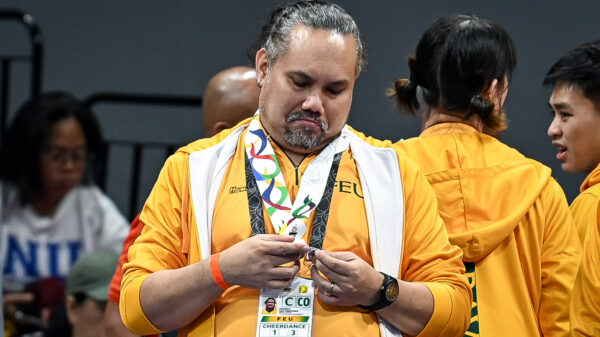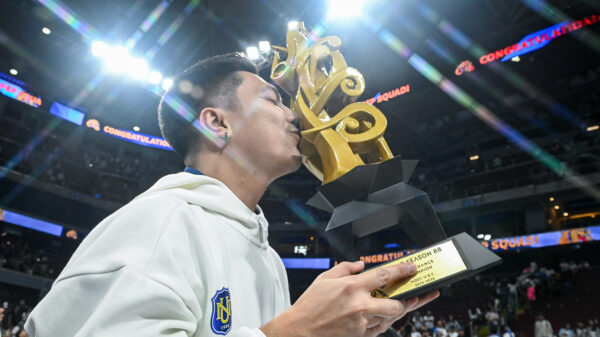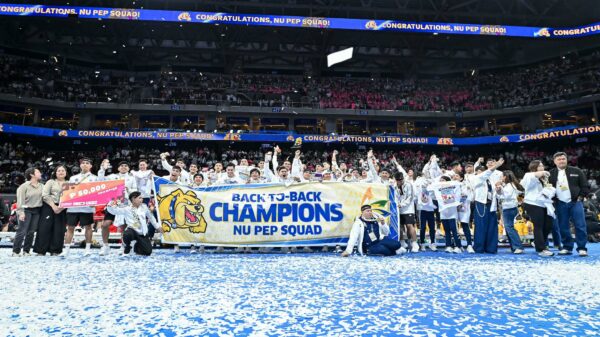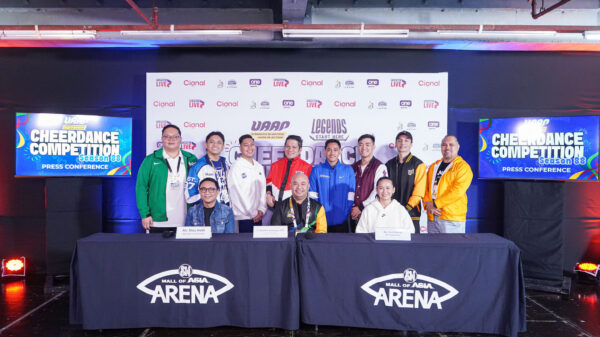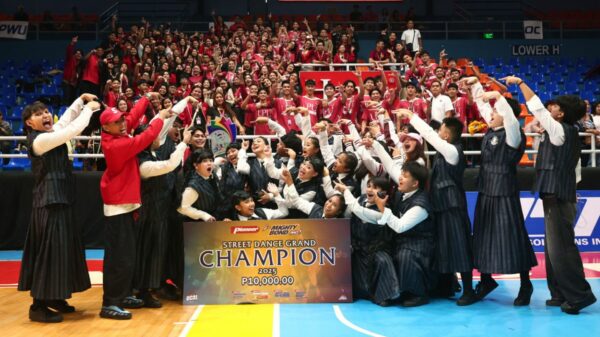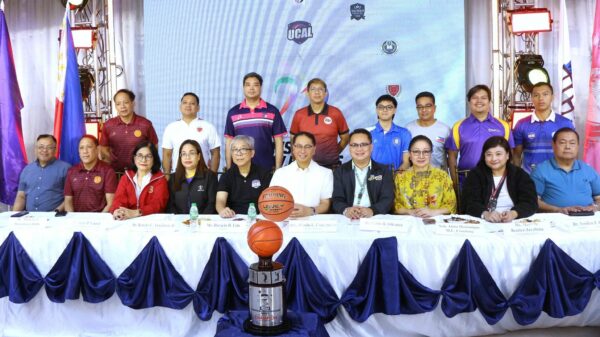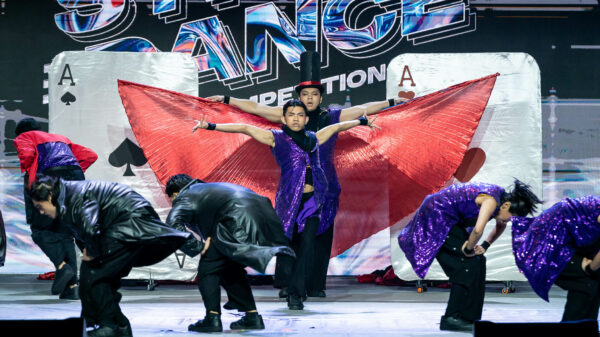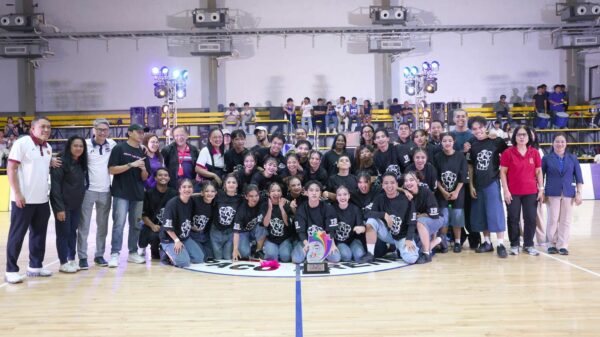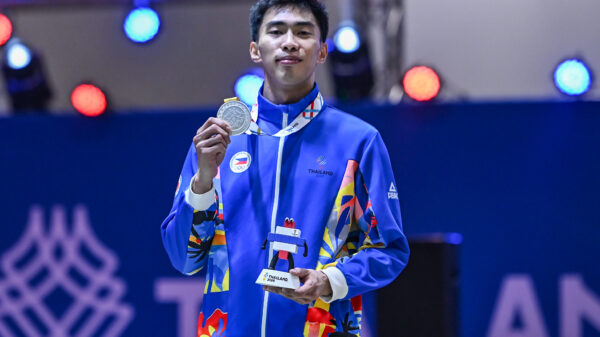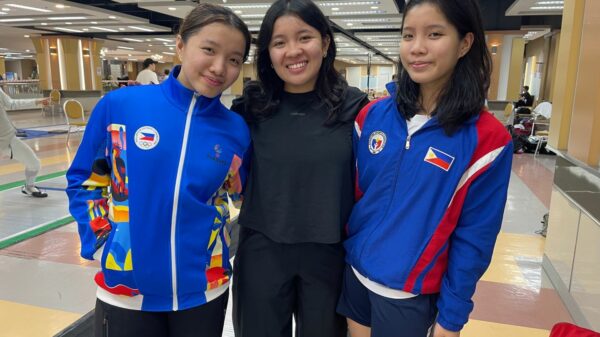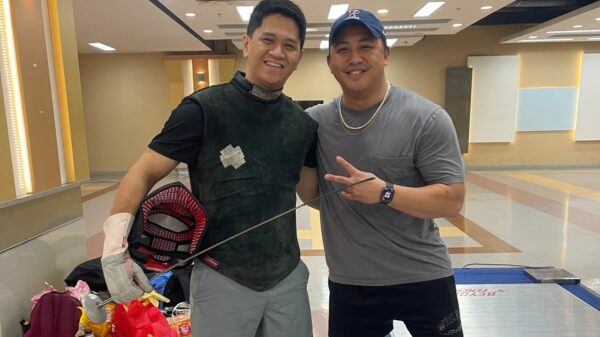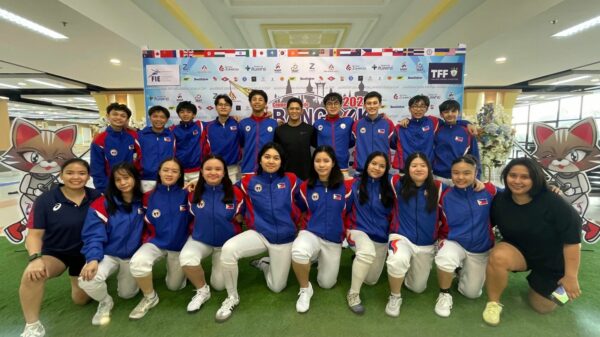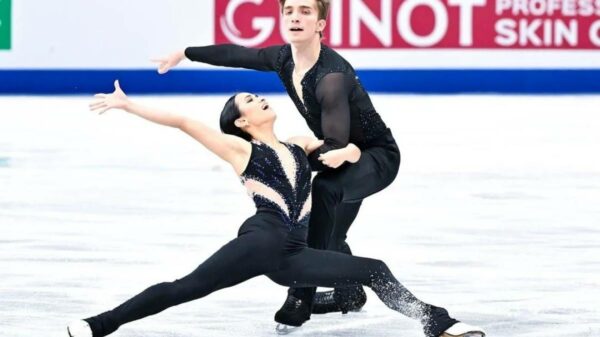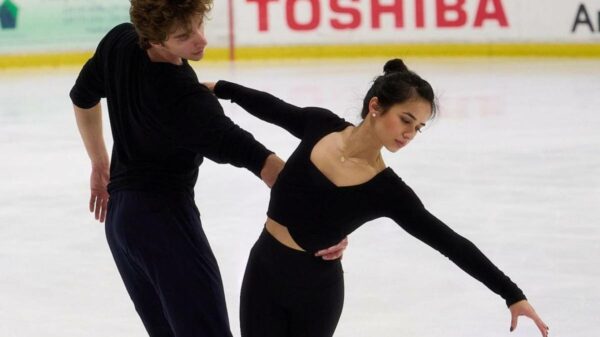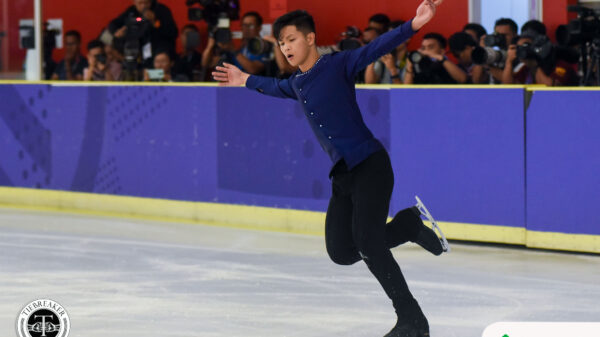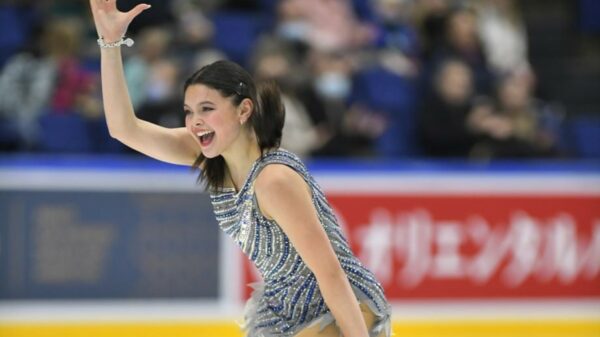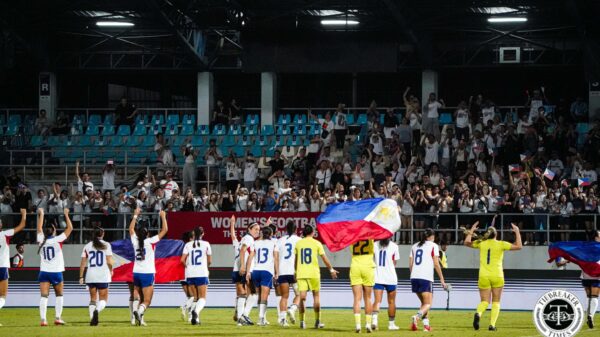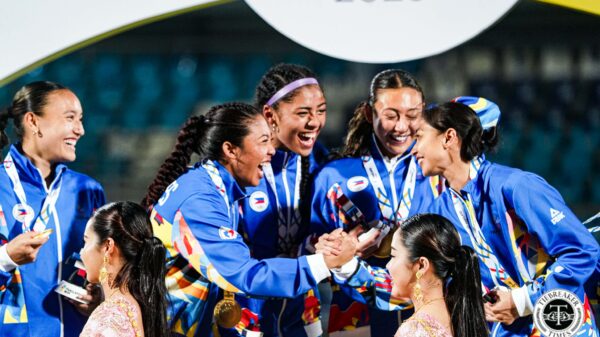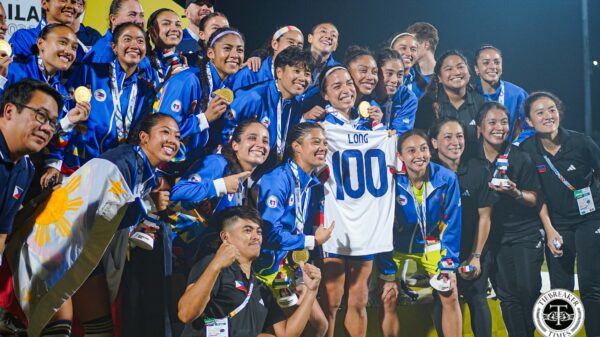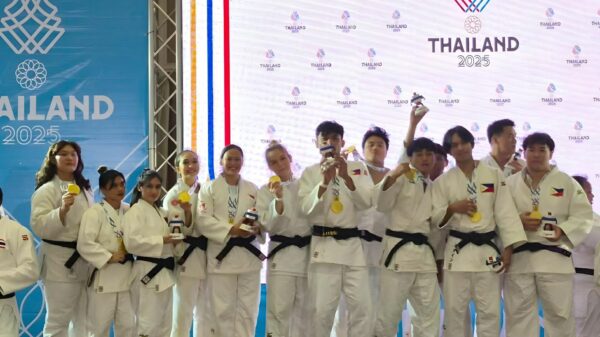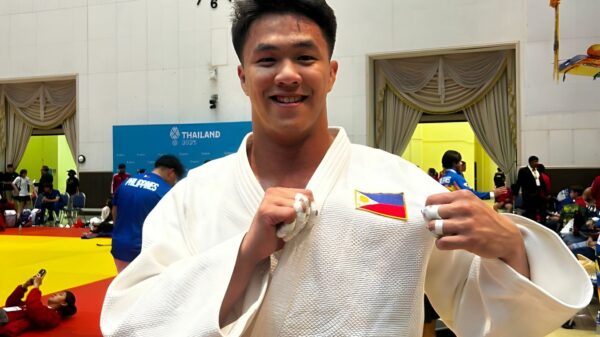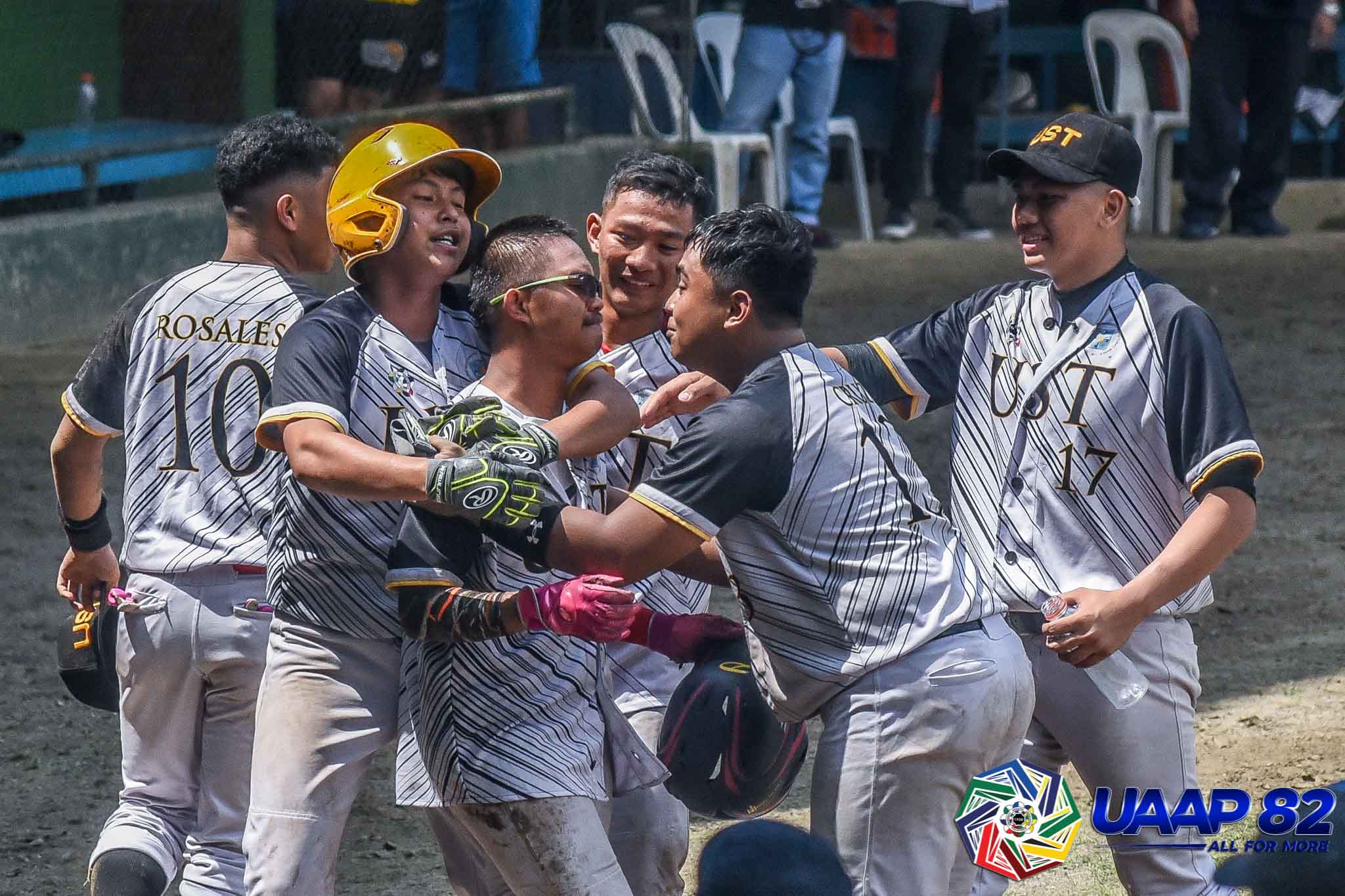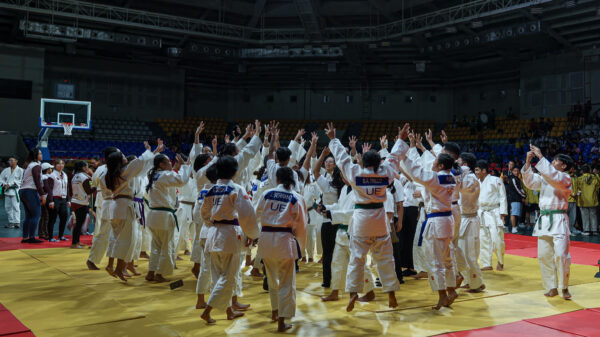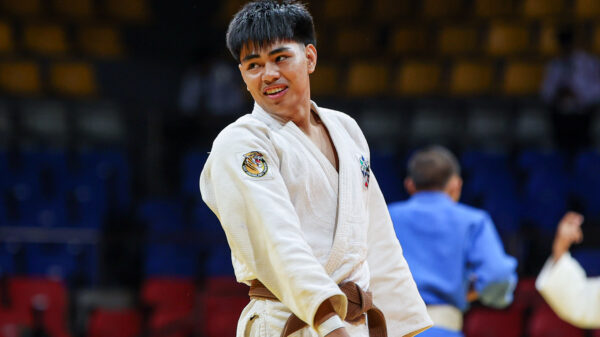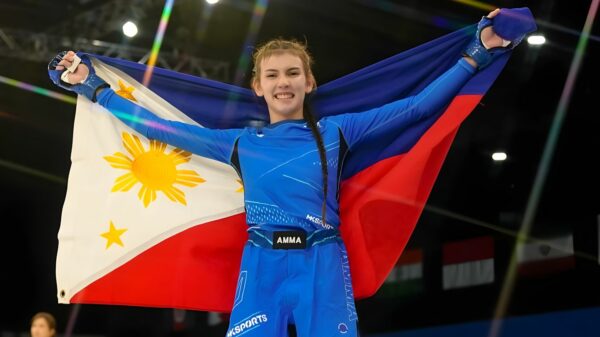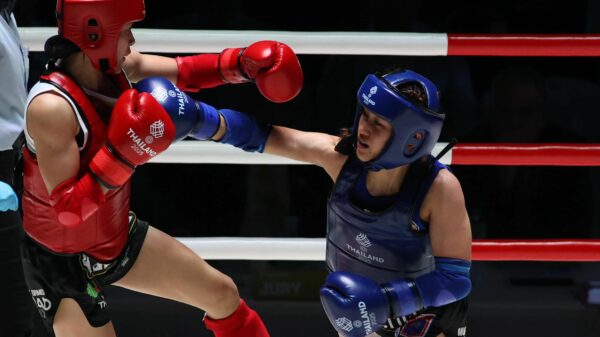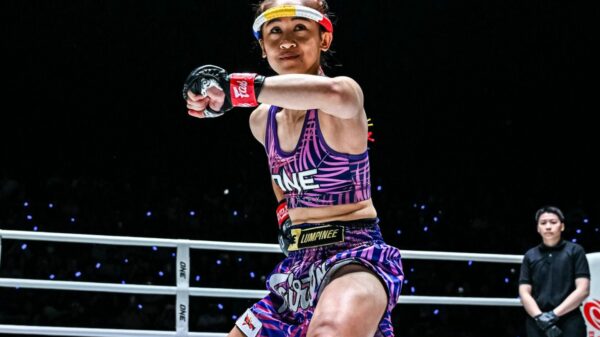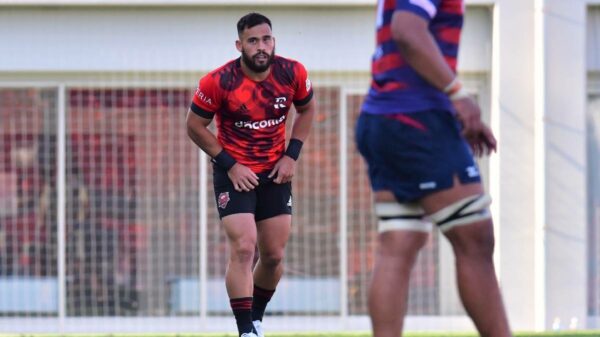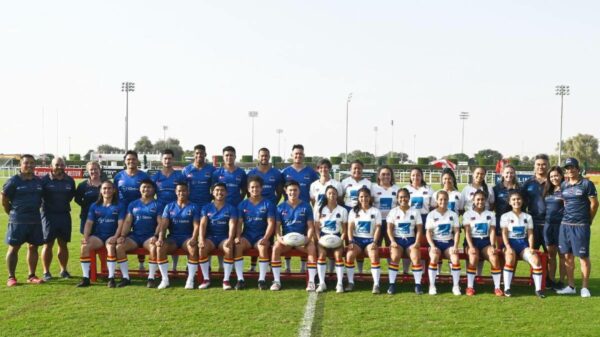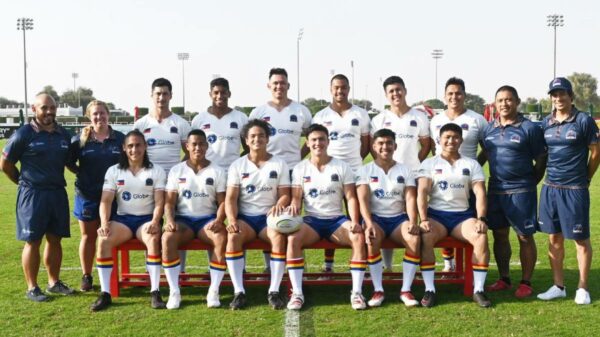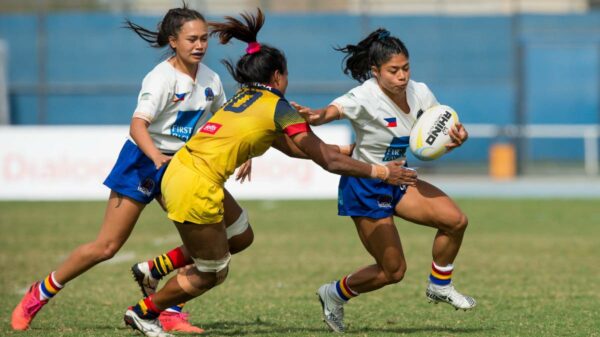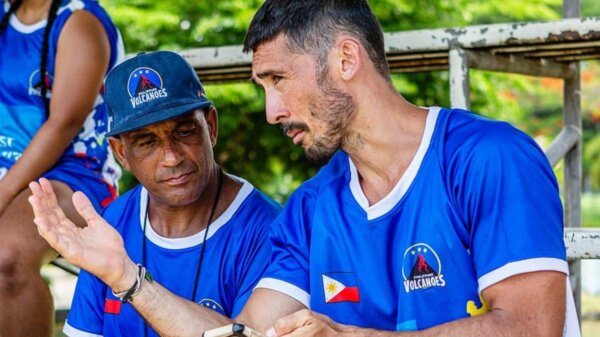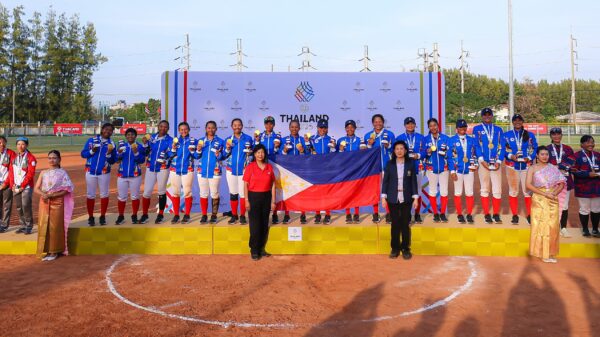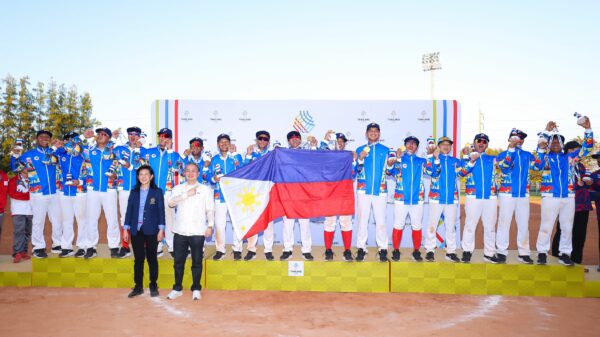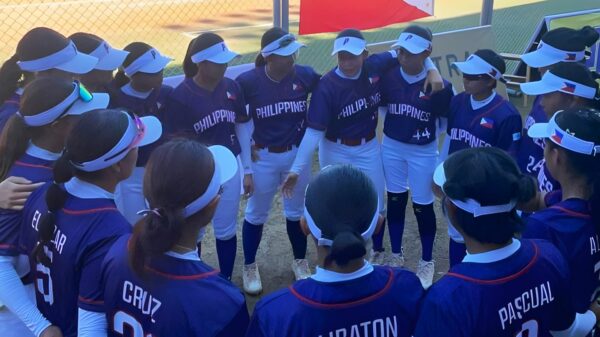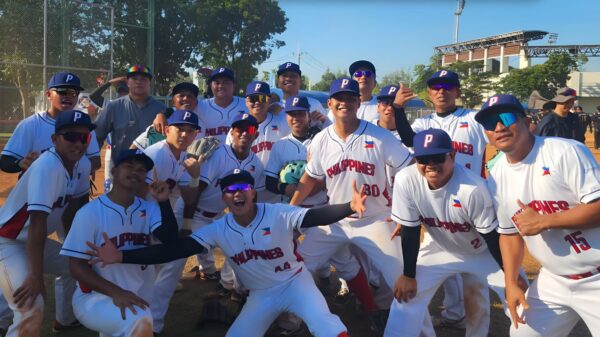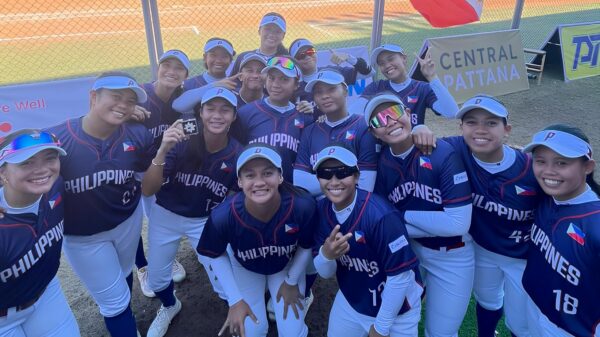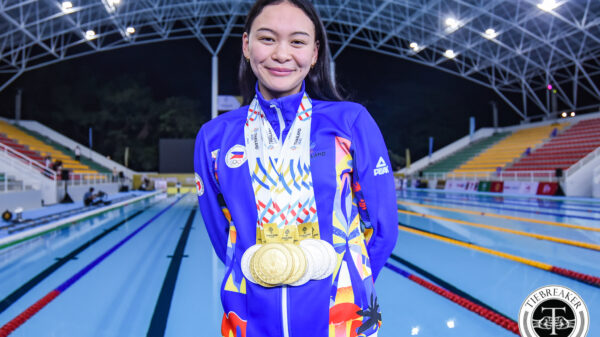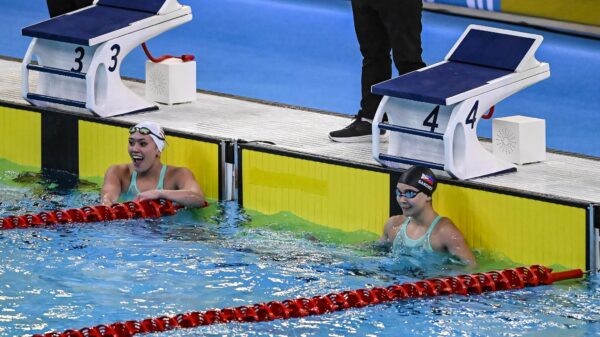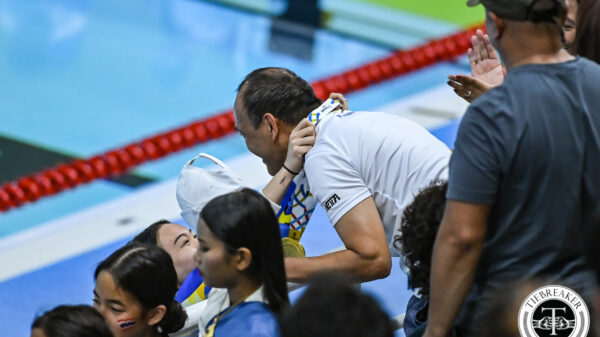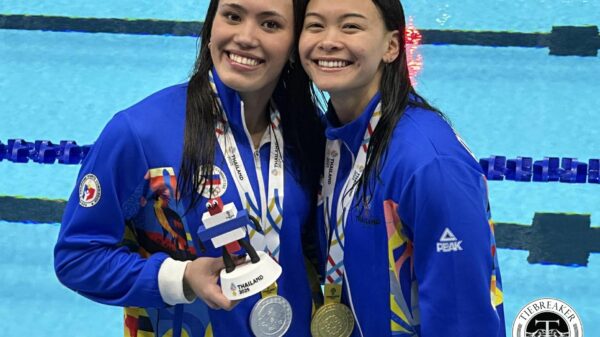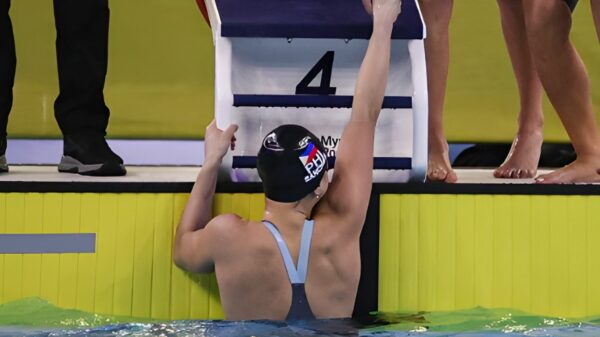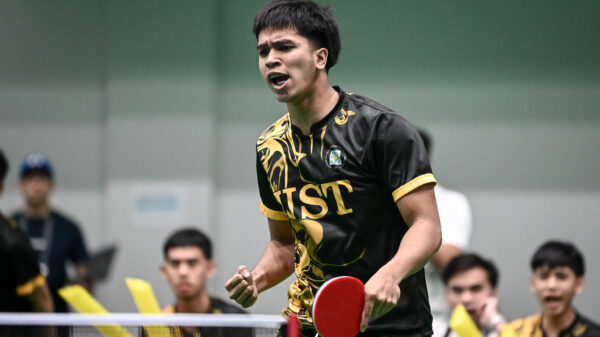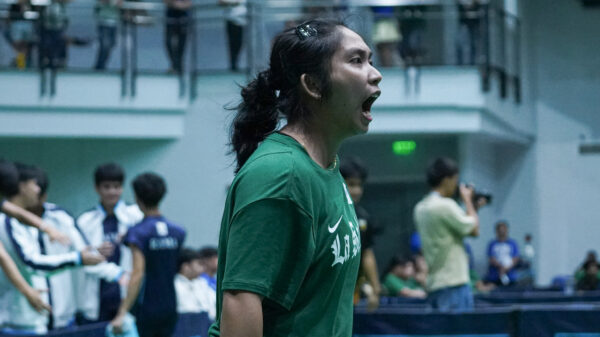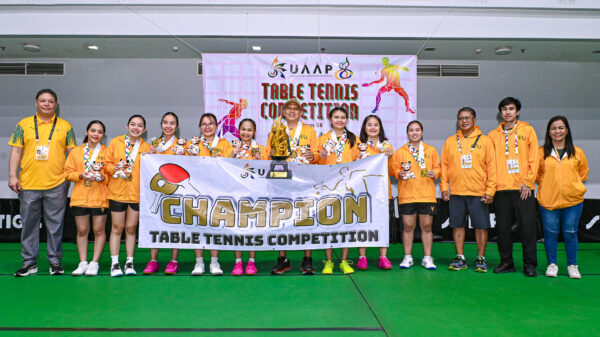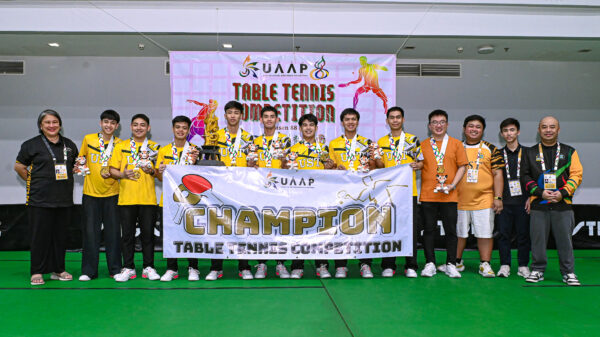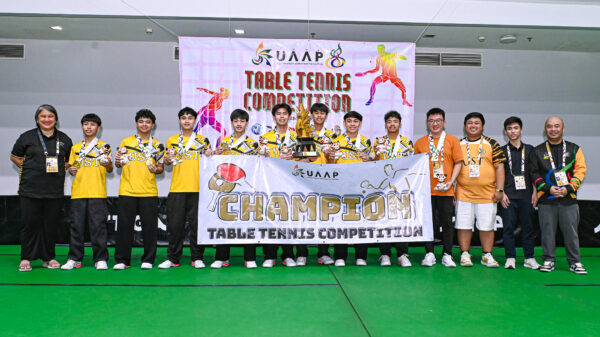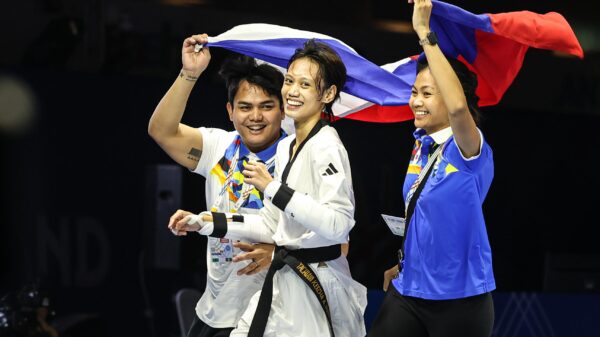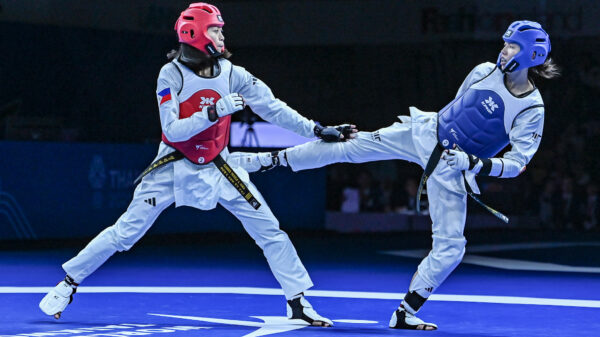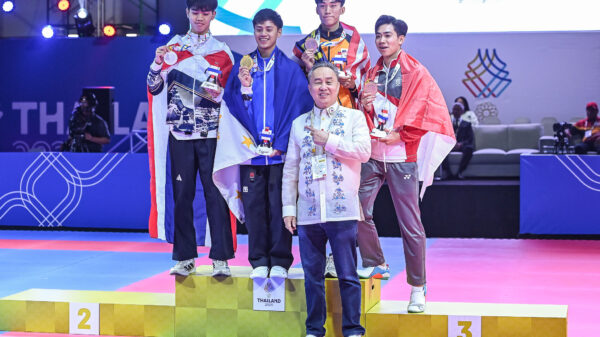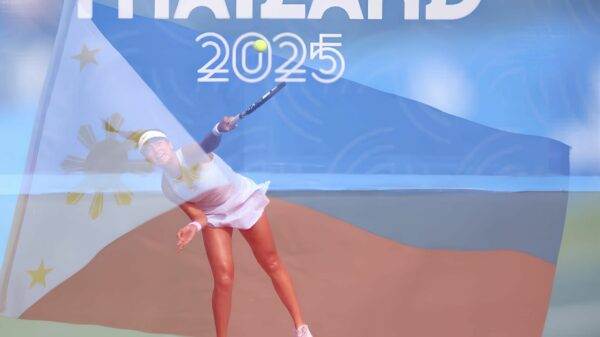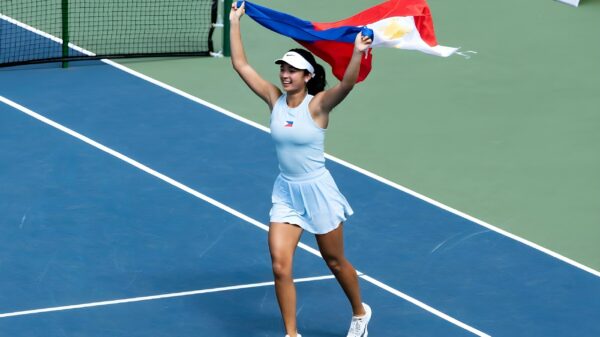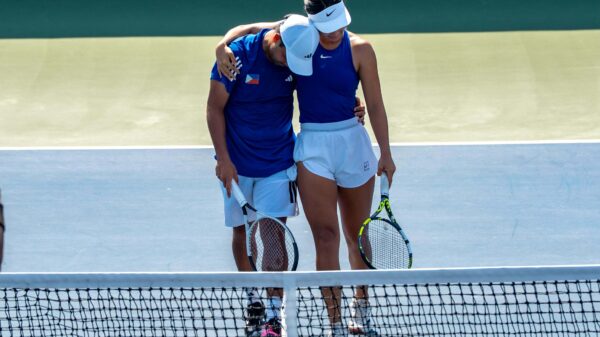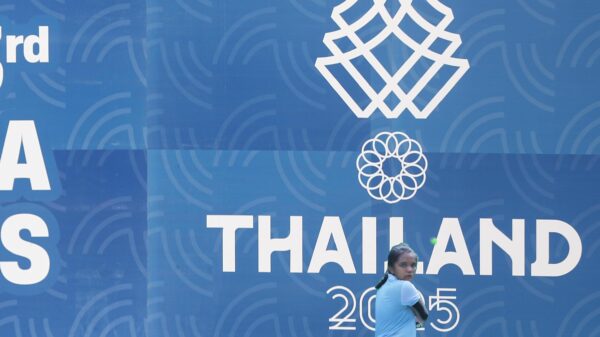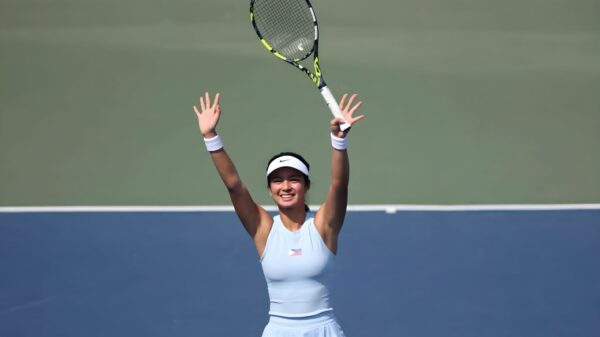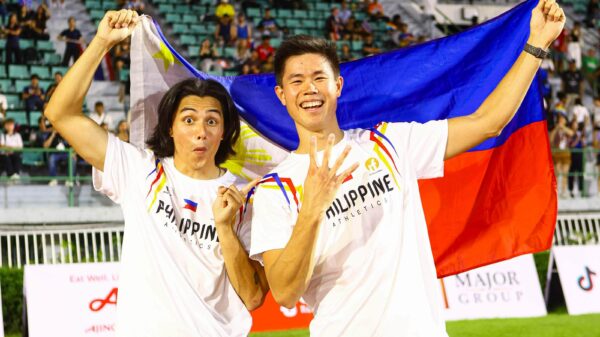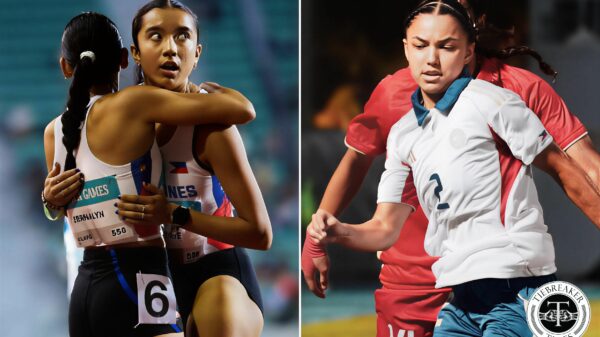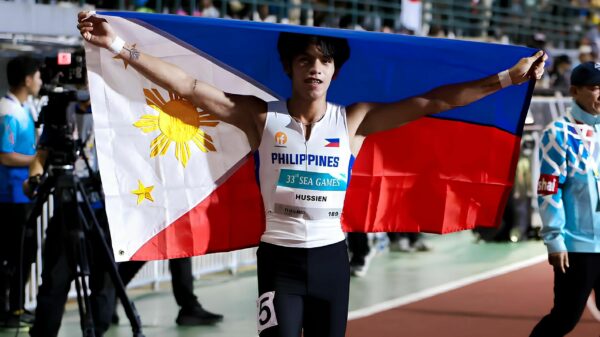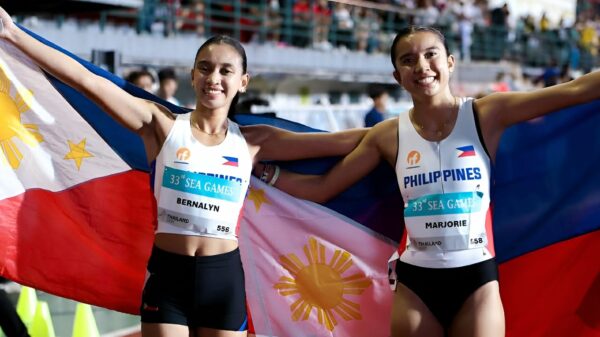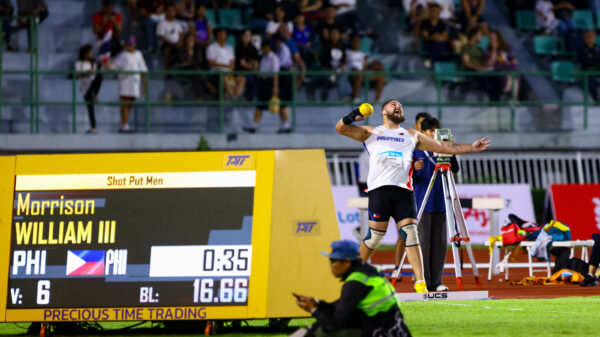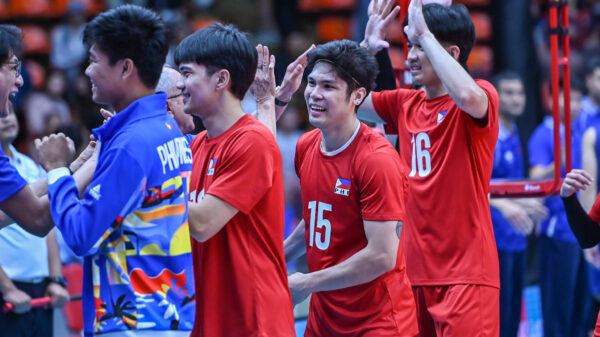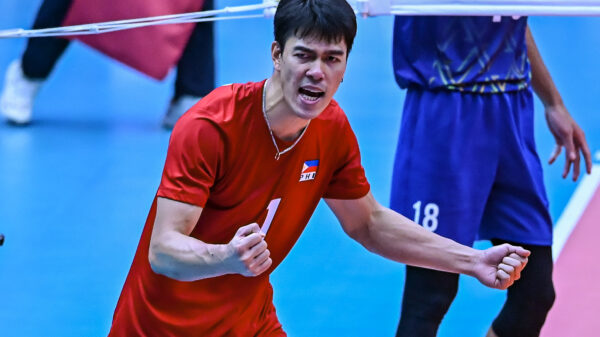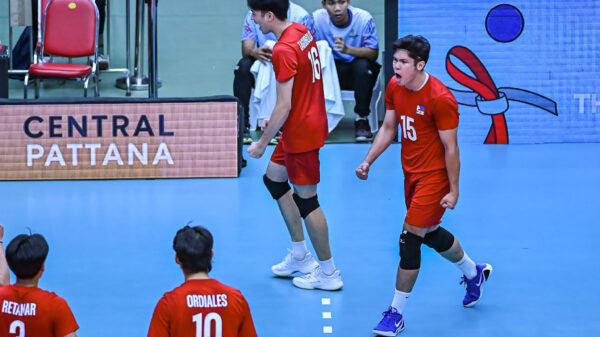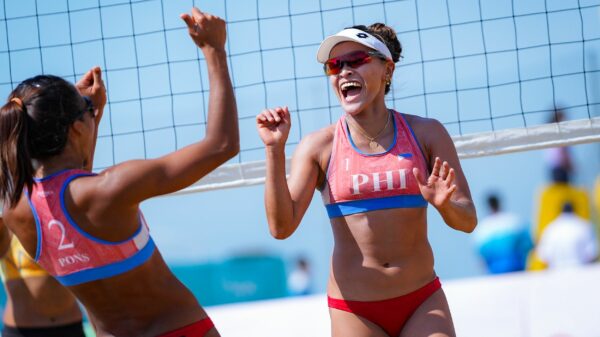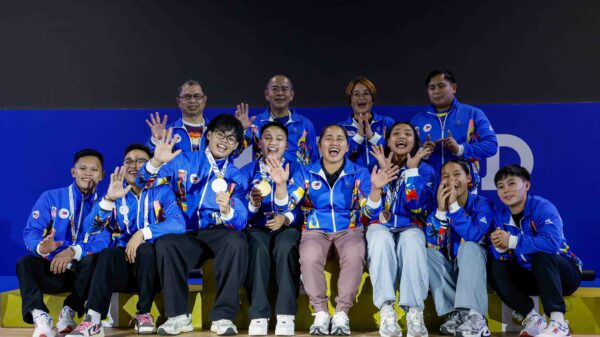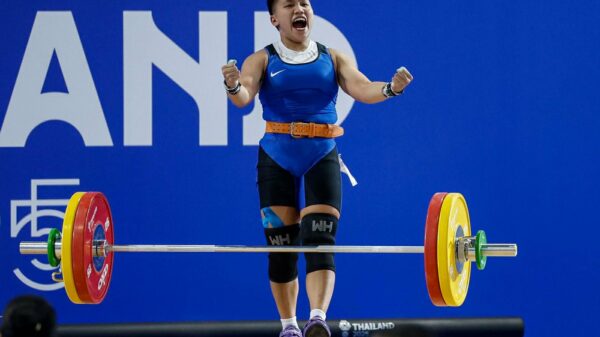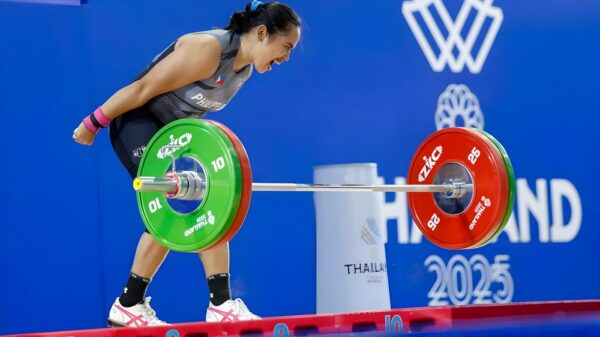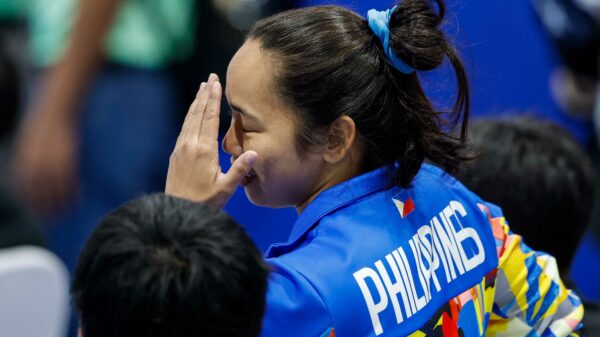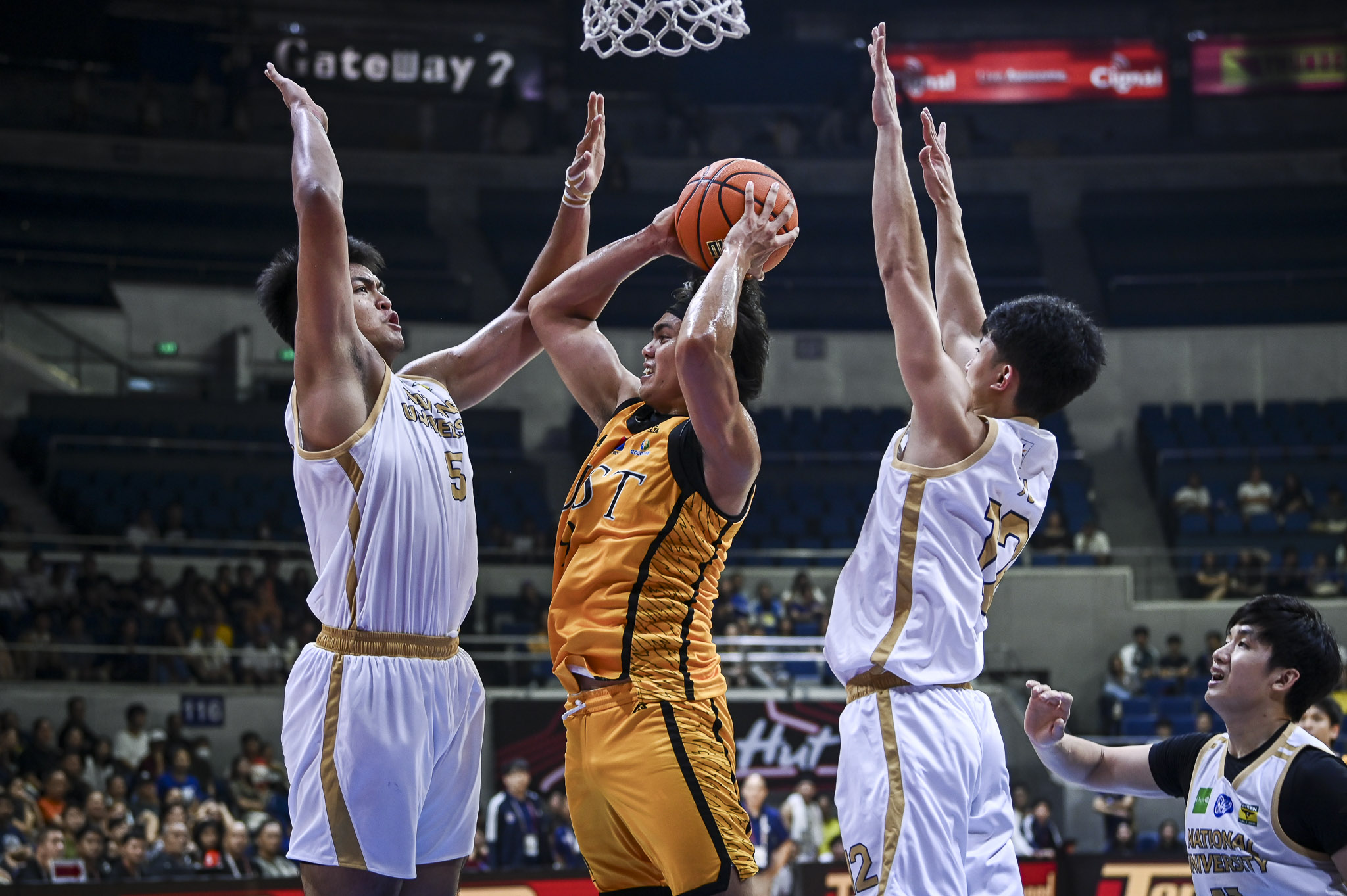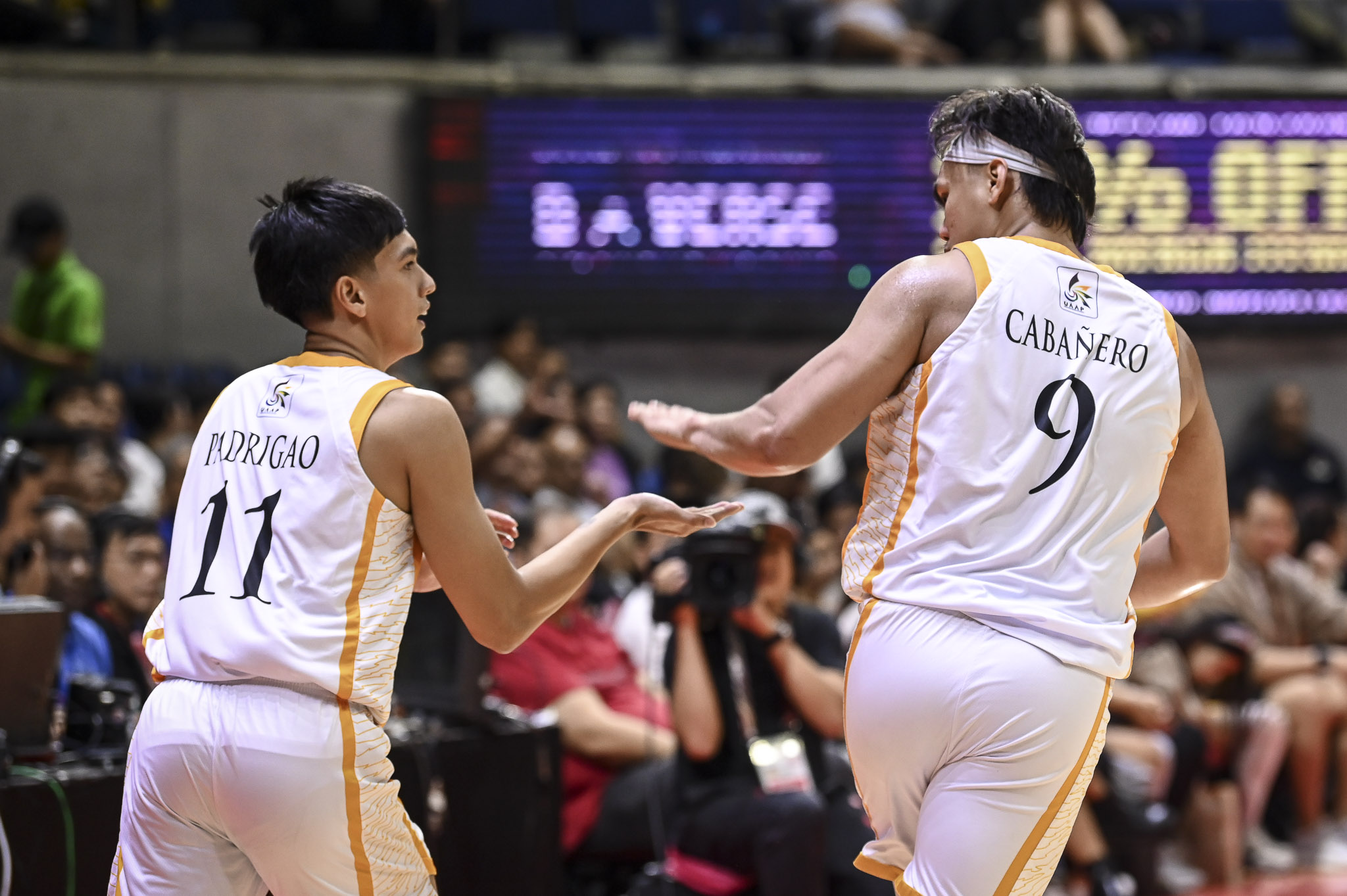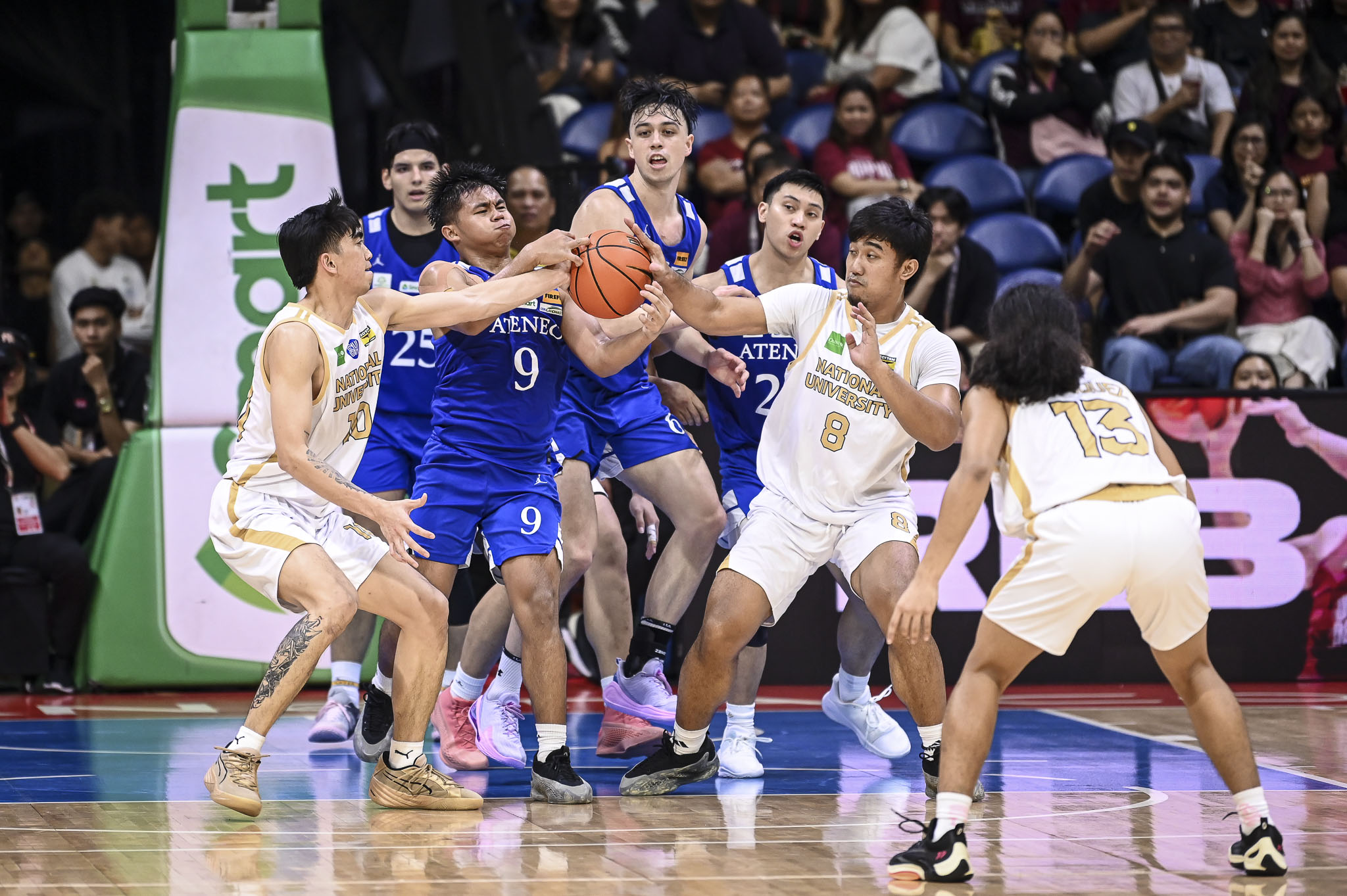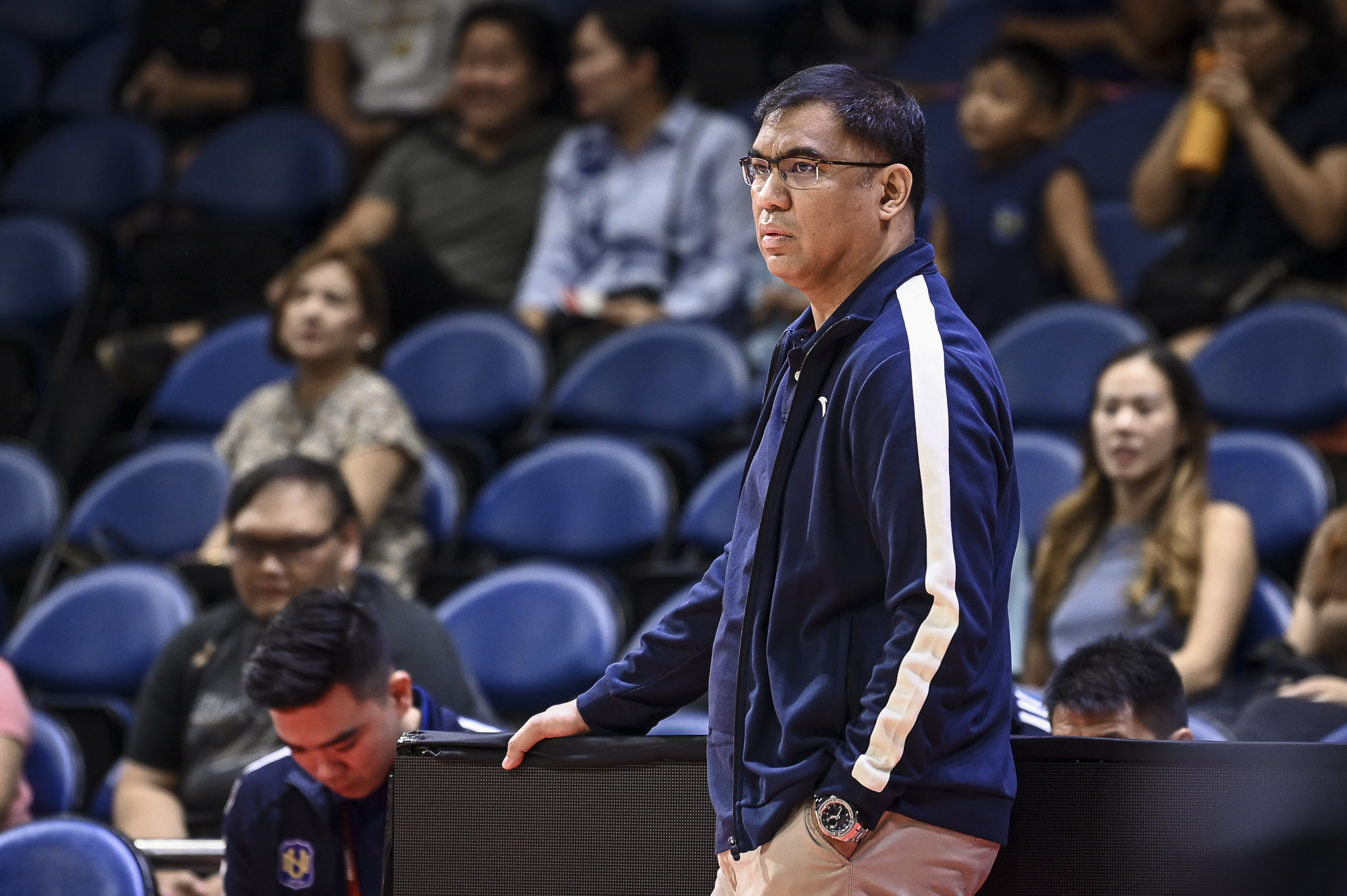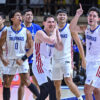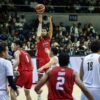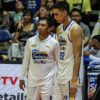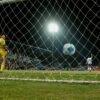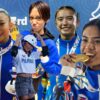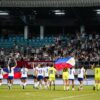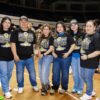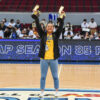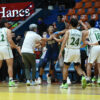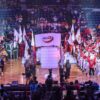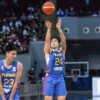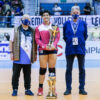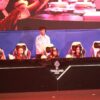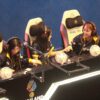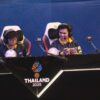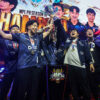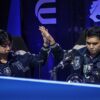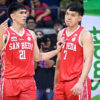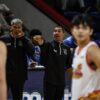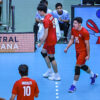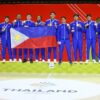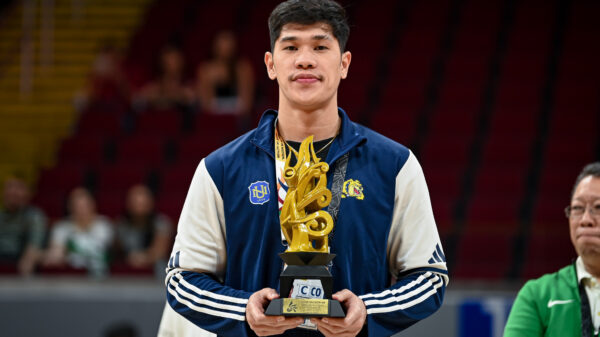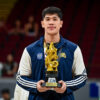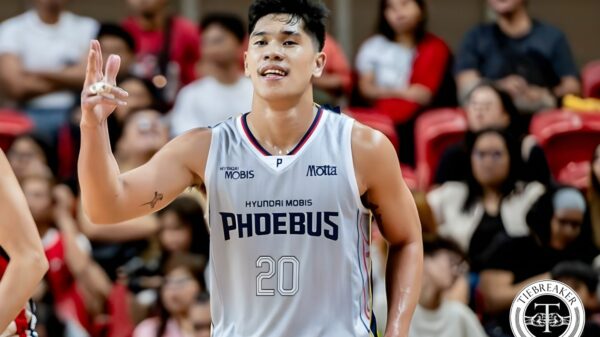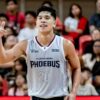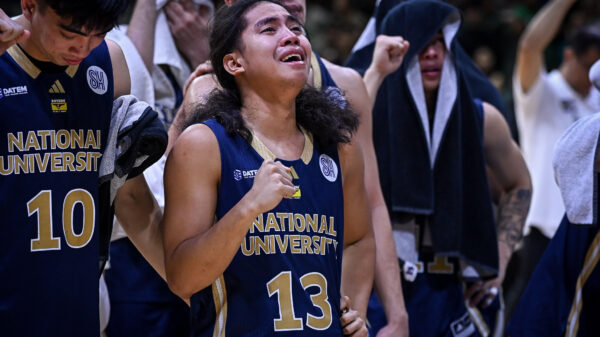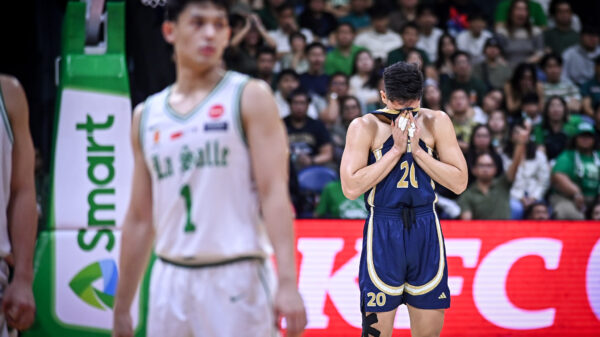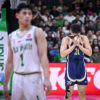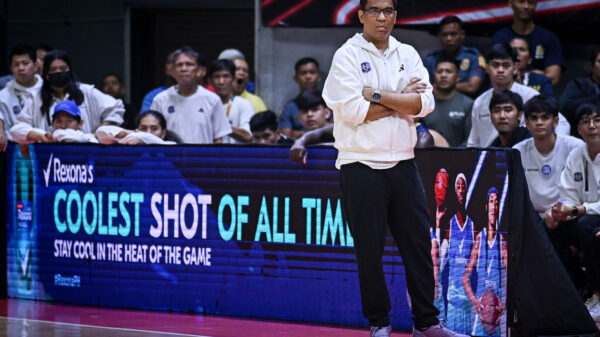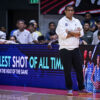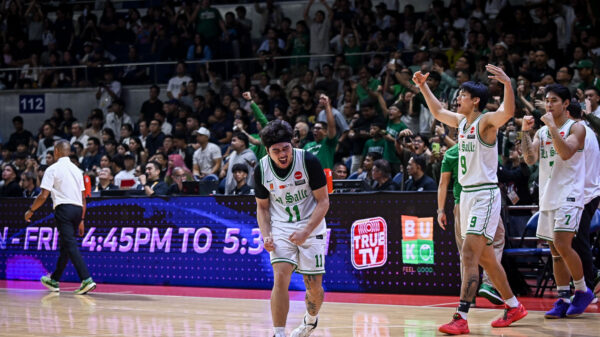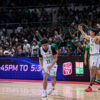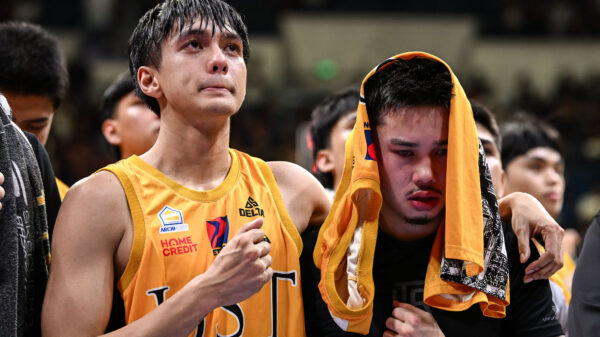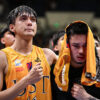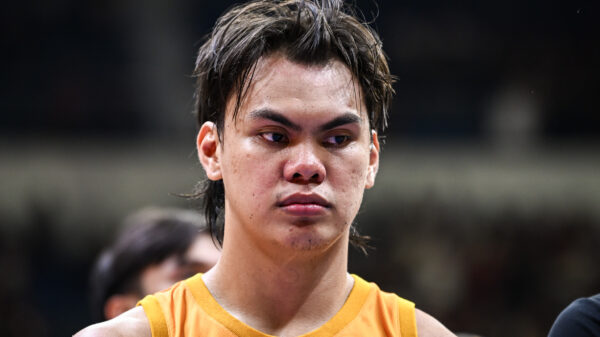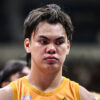As the UAAP dives deeper into the second round of Season 87, the Final Four race is shaping up to be as chaotic as ever.
The top two teams are more or less securely positioned at the top of the standings, with UE holding a slight but crucial advantage as the only other school to have taken a win from either La Salle or UP.
However, the battle for the last Final Four spot is much tighter, with five teams separated by just two games.
Can UST and UE maintain their grip on the two remaining Final Four spots? Will Adamson, FEU, NU, or Ateneo make a late push? After the disaster that was my preseason Final Four prediction, I’ll hold off on making another guess for now.
Instead, let’s take a closer look at what we’ve learned as the second round unfolds.
The Ups and Downs of UST’s Pace
University of Santo Tomas is on the verge of its first Final Four appearance since falling short in the UAAP Season 82 Finals, and it’s clear how the team has rejuvenated itself this season.
The addition of Forth Padrigao as the Growling Tigers’ point guard has propelled UST to play at a blistering pace, thanks to his ability to initiate transition plays and find open teammates.
UST is currently second in the league in fastbreak points, averaging 9.13 per game, and this up-tempo style has powered them to the third-best offense in the league, with a 94.30 Offensive Rating, per Ryan Alba.
However, this frenetic pace has its downsides, particularly on the defensive end. While UST’s quick offense often translates into efficient scoring, it also creates chaos on defense, leading to mixed matchups and players losing track of their assignments if they’re not disciplined enough.
As a result, UST not only boasts an effective offense but also suffers from the league’s worst defense, with a 96.99 Defensive Rating, per Alba.
Fans of UST are all too familiar with their team’s defensive woes. Last season, UST had a league-worst 103.40 defensive rating, and while they expected improvement with the new talent brought in this season, the struggles persist.
These issues aren’t just schematic – UST lacks the personnel to compensate for their defensive shortcomings.
In the frontcourt, both Mo Tounkara and Christian Manaytay have been invaluable offensively, with their ability to score in the post and stretch the floor. However, defensively, they don’t offer the rim protection UST desperately needs.
While Tounkara’s foot speed and mobility are impressive for a 6-foot-7 center, he doesn’t possess the length to contest shots at the rim like other bigs, such as Quentin Millora-Brown or Precious Momowei.
These rim protection deficiencies are further compounded by UST’s struggles at the point of attack. Padrigao and Nic Cabanero are competent defenders when engaged, but their heavy offensive workload leaves them less focused on defense.
Without a solid rim protector to back them up, the team becomes vulnerable once opposing offenses penetrate the perimeter.
Head coach Pido Jarencio has experimented with his lineup, rotating between wings like Chase Lane, Ice Danting, and Gelo Crisostomo to address these defensive gaps. He’s even tried bringing Cabanero off the bench to bolster the second unit’s scoring. However, UST has yet to find a solution to their defensive struggles.
If they want to compete with UAAP powerhouses like La Salle and UP, they’ll need to shore up their defense soon. Offense alone won’t be enough to take them past the league’s top contenders.
The Myth of Ateneo’s Youth
There’s no sugarcoating it – Ateneo’s Season 87 campaign has been a disappointment.
With a 2-6 record and sitting at the bottom of the standings, the Blue Eagles need a miraculous run in the second half of the season to have any shot at the Final Four.
It would be easy to blame their struggles on their young, inexperienced roster. After all, their frequent fourth-quarter collapses and indecisiveness on offense are typical of a team still finding its footing in the tough UAAP environment.
But in reality, Ateneo’s youth has largely held up well.
Jared Bahay, while still finding his scoring touch, has been Ateneo’s most reliable playmaker. The 5-foot-9 rookie guard averages 4.88 assists with just one turnover in 23 minutes per game, and his court vision has been key to breaking down opposing zone defenses.
Meanwhile, sophomore wing Shawn Tuano has had a breakout season, leading the team in scoring with 10.75 points per game in just 20 minutes. Despite his struggles with free throws and three-point shooting, Tuano has been a crucial offensive threat, particularly in transition.
Other young players like Andrew Bongo, Kristian Porter, and Kyle Gamber have also contributed, though with the expected growing pains.
The real issue, however, lies with Ateneo’s veterans, who have failed to step up.
Team captain Chris Koon, still recovering from a foot injury in the season opener, is mired in a shooting slump. His scoring has dropped from 10.07 PPG on 32/28/80 splits last season to just 7.64 PPG on 22/23/50 splits this year.
While Koon’s shooting percentages may improve as the season progresses, Ateneo’s other seniors, Ian Espinosa and Sean Quitevis, have been unable to provide consistent offensive contributions.
Espinosa has struggled to make shots, hitting just 24% from the field, while Quitevis, despite improved shooting percentages, has been hesitant to attack, attempting fewer shots than last season.
If Ateneo hopes to climb back into Final Four contention, its veterans will need to find ways to relieve the offensive burden on their younger teammates.
Is All Hope Lost for NU?
National University has had its share of bad luck with injuries for two straight seasons.
Last year, the Bulldogs managed to overcome the lengthy absences of Steve Nash Enriquez and Kenshin Padrones, making it to the Final Four.
This season, however, they’ve struggled to cope with the loss of first-year Foreign Student-Athlete Mo Diassana.
Without Diassana anchoring the defense, NU has the third-worst defensive rating in the league (93.54), per Ryan Alba. While Jolo Manansala’s athleticism helps mitigate some of the damage, the team’s defensive ceiling remains limited.
On the offensive end, NU’s 88.26 offensive rating is respectable but leaves room for improvement, especially as some of their key players struggle to find their rhythm.
After an efficient rookie season, Reinhardt Jumamoy has hit a sophomore slump, shooting just 20% from the field. Patrick Yu, another reliable scorer last season, has also struggled, going 0-for-17 from three in the first round before finally hitting his first three-pointer against Ateneo.
Despite their 2-6 record, NU is only two games behind UST for the fourth seed. With room for improvement and a competitive spirit under head coach Jeff Napa, a late-season run by the Bulldogs cannot be ruled out.

